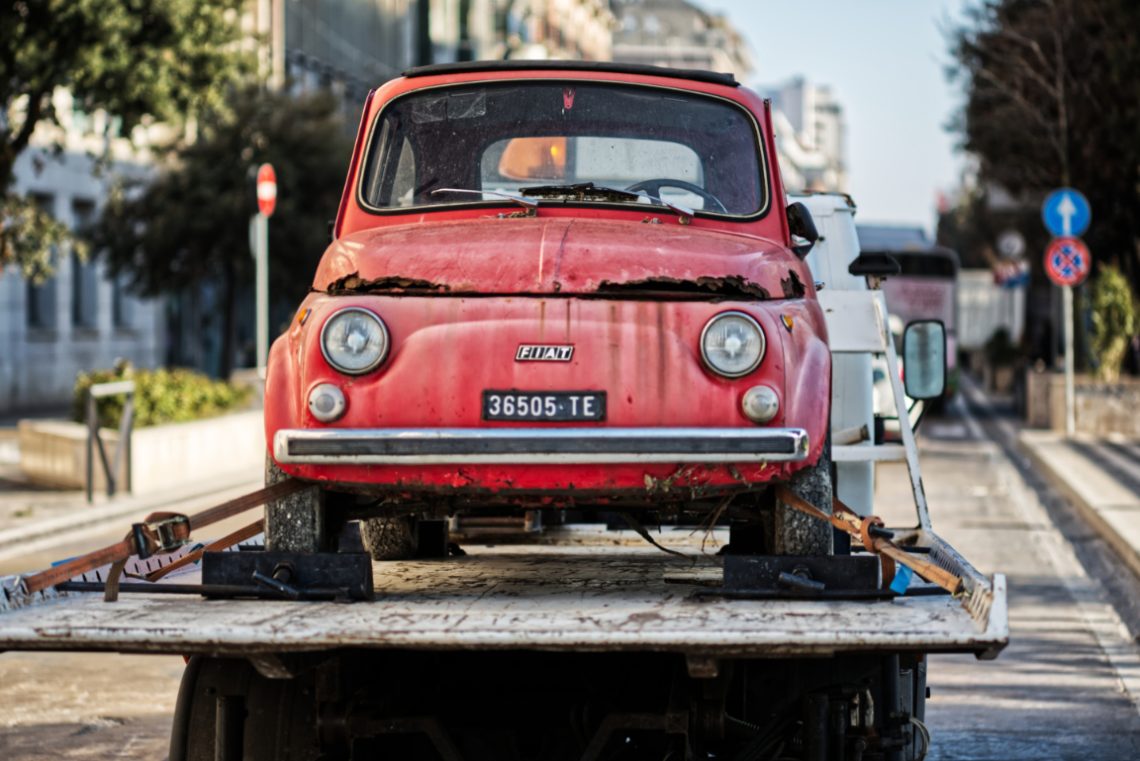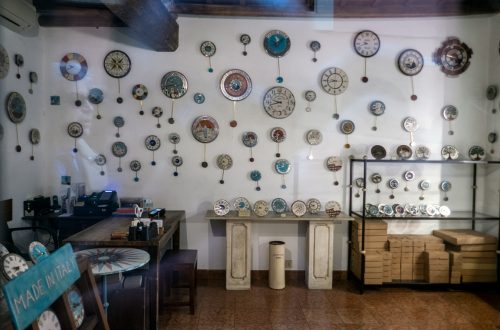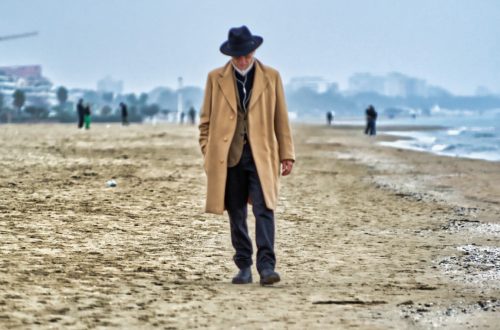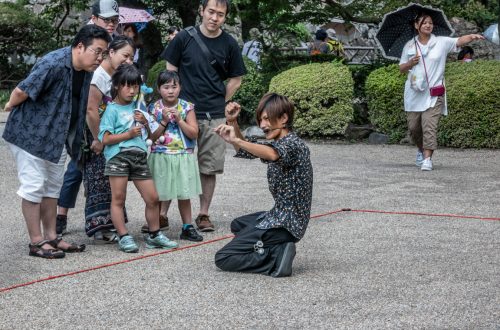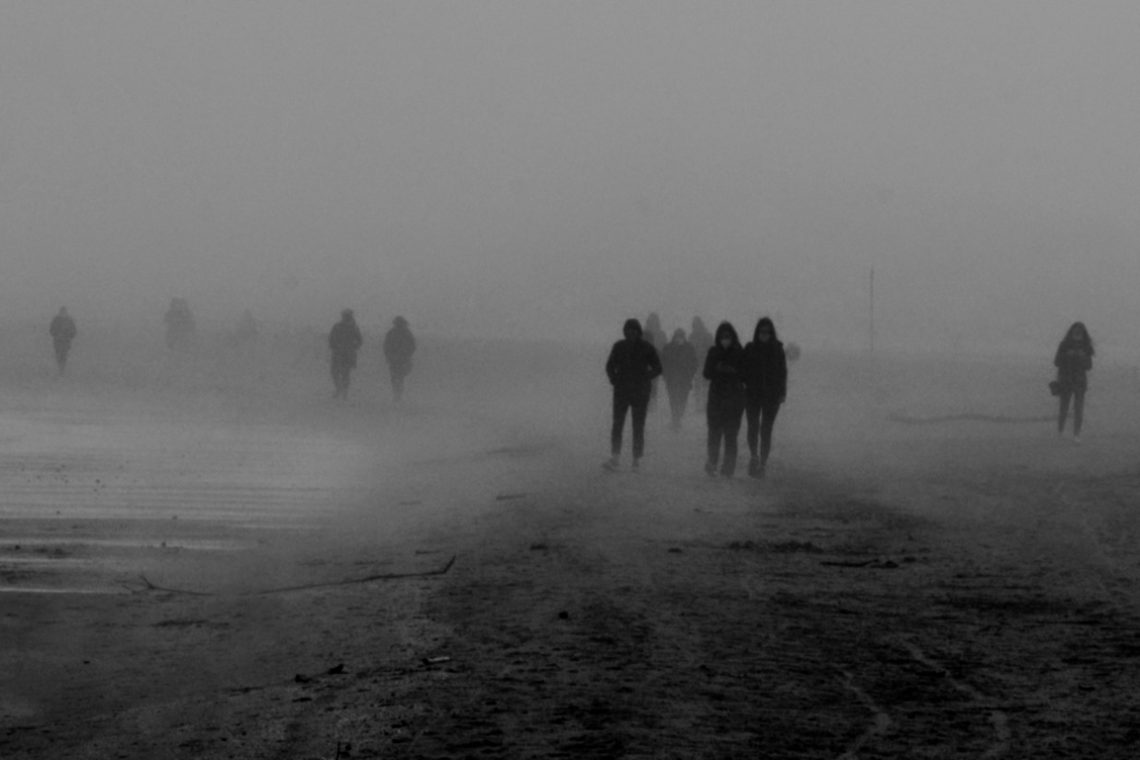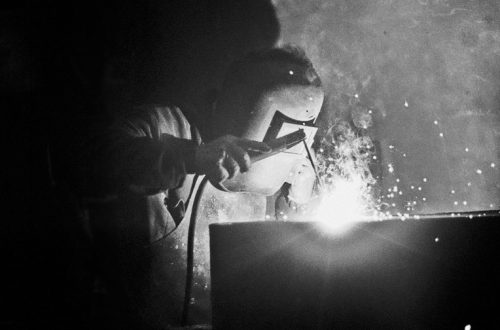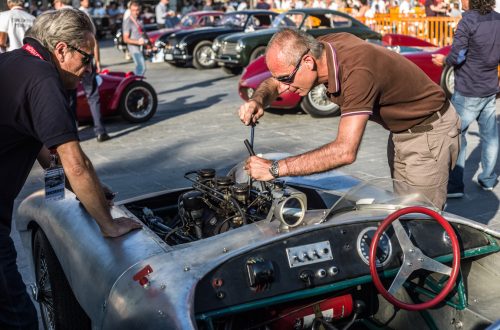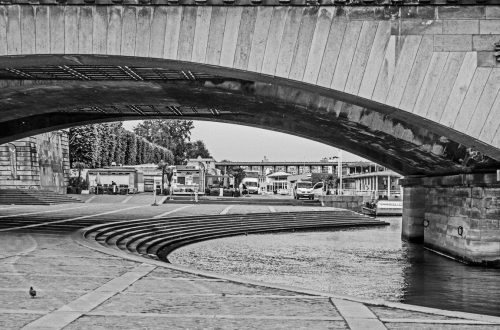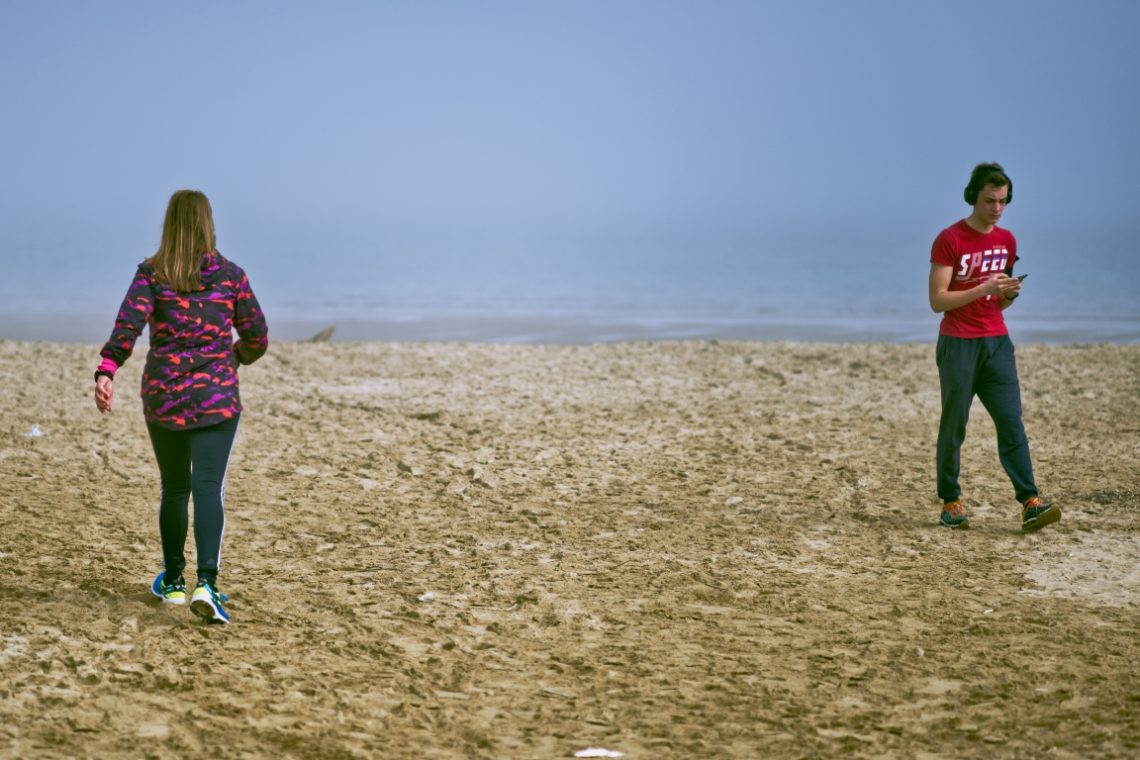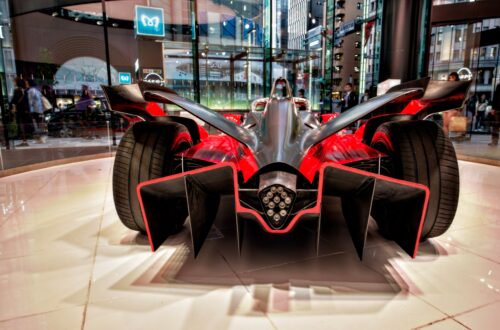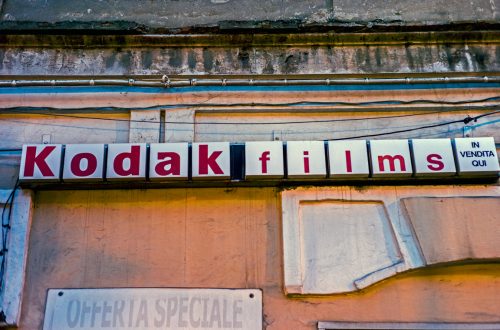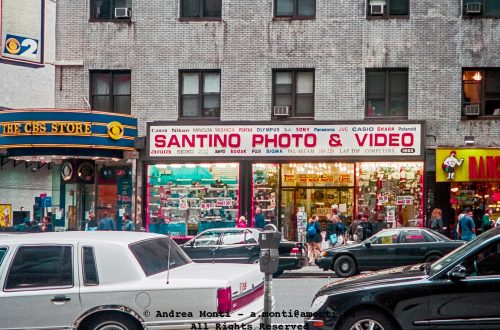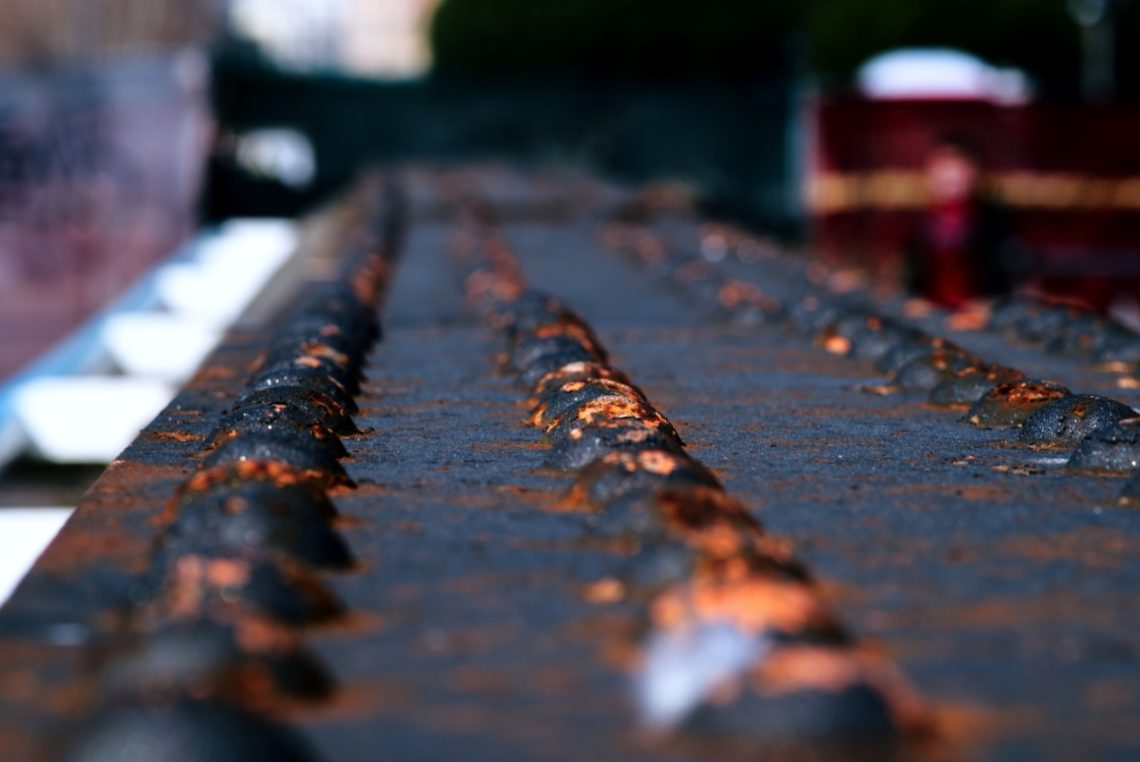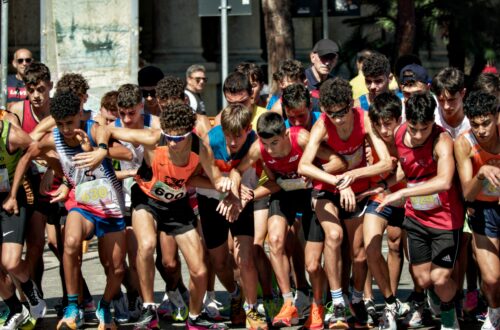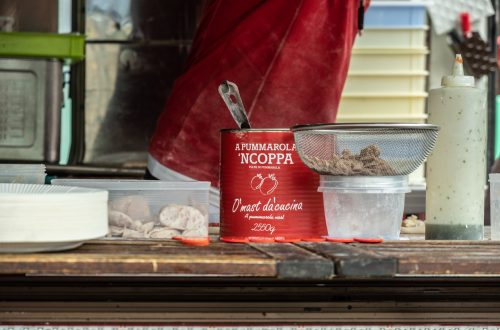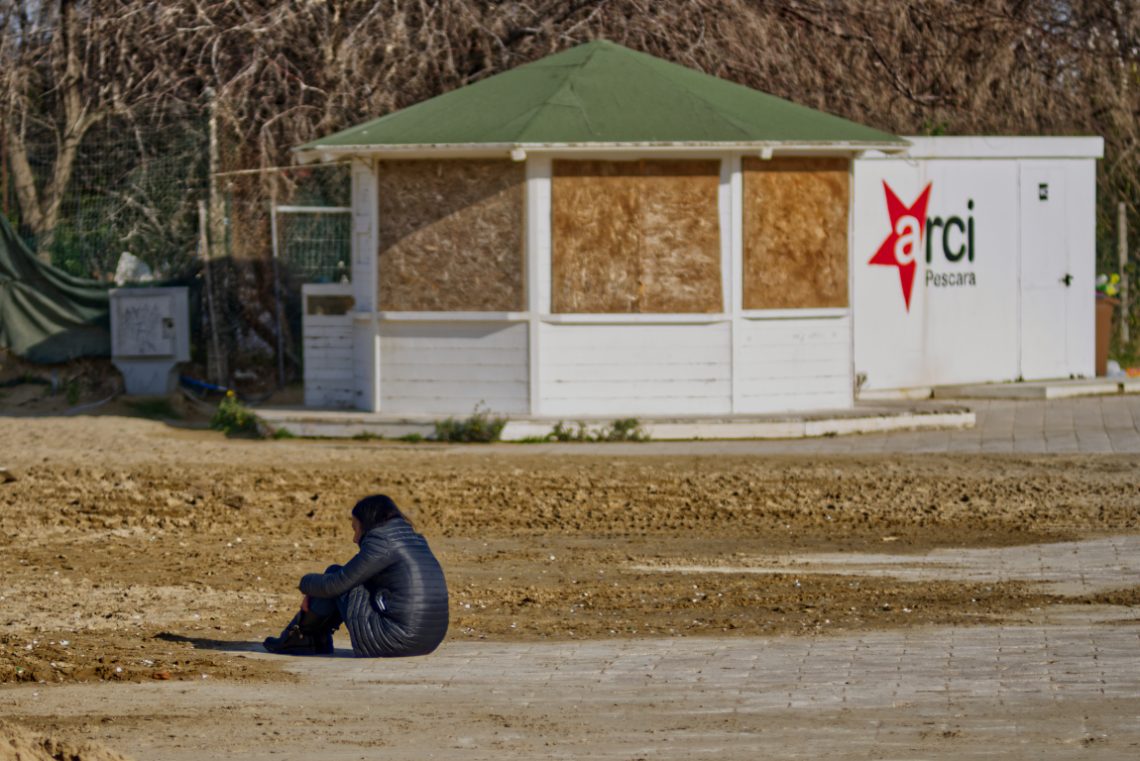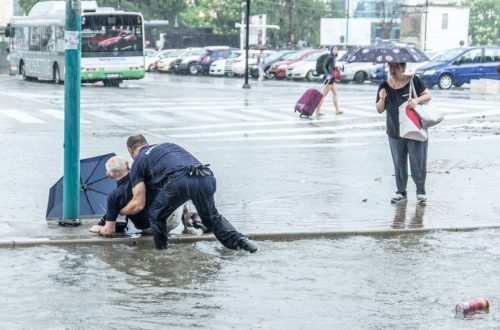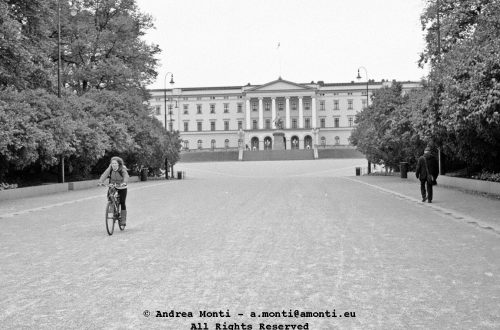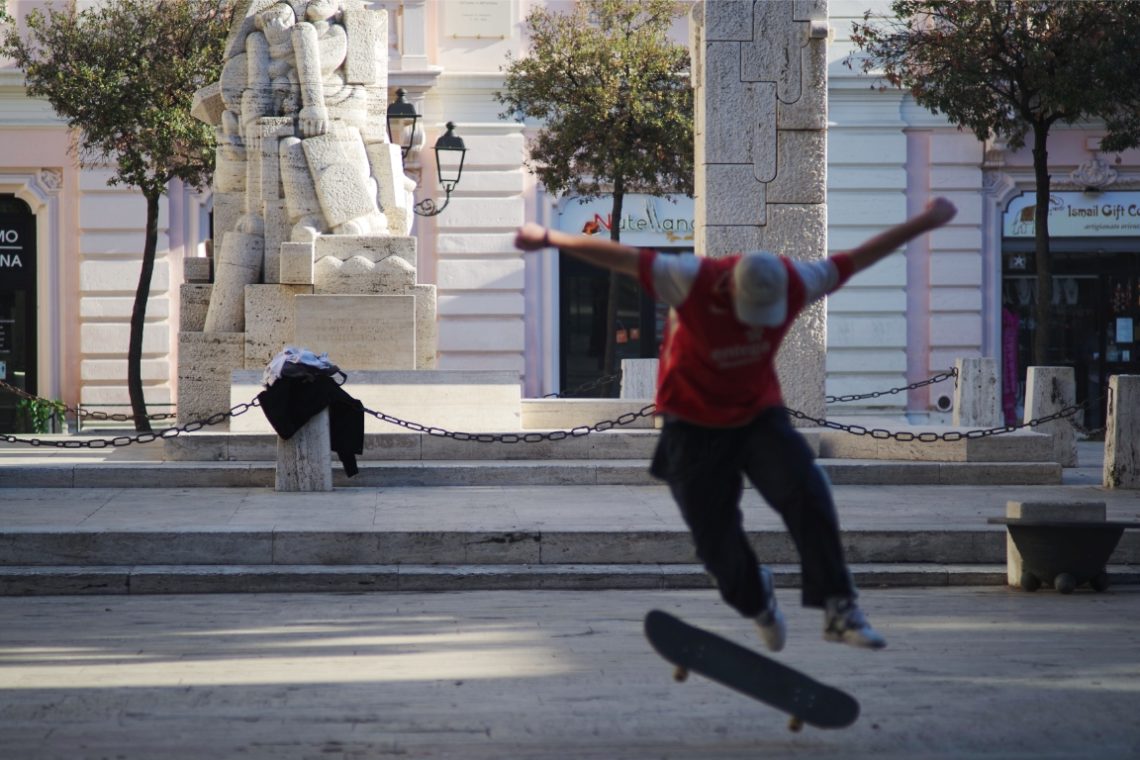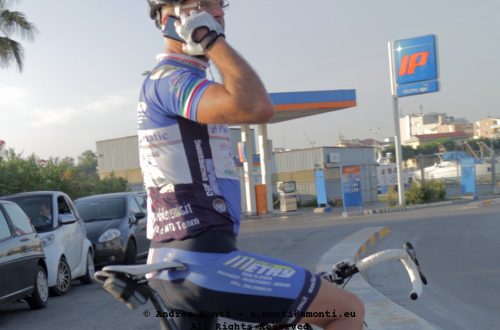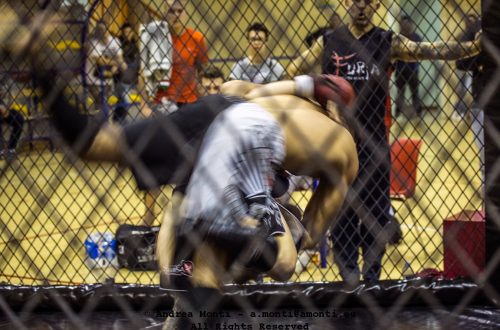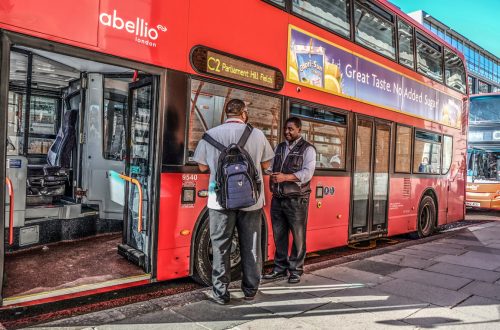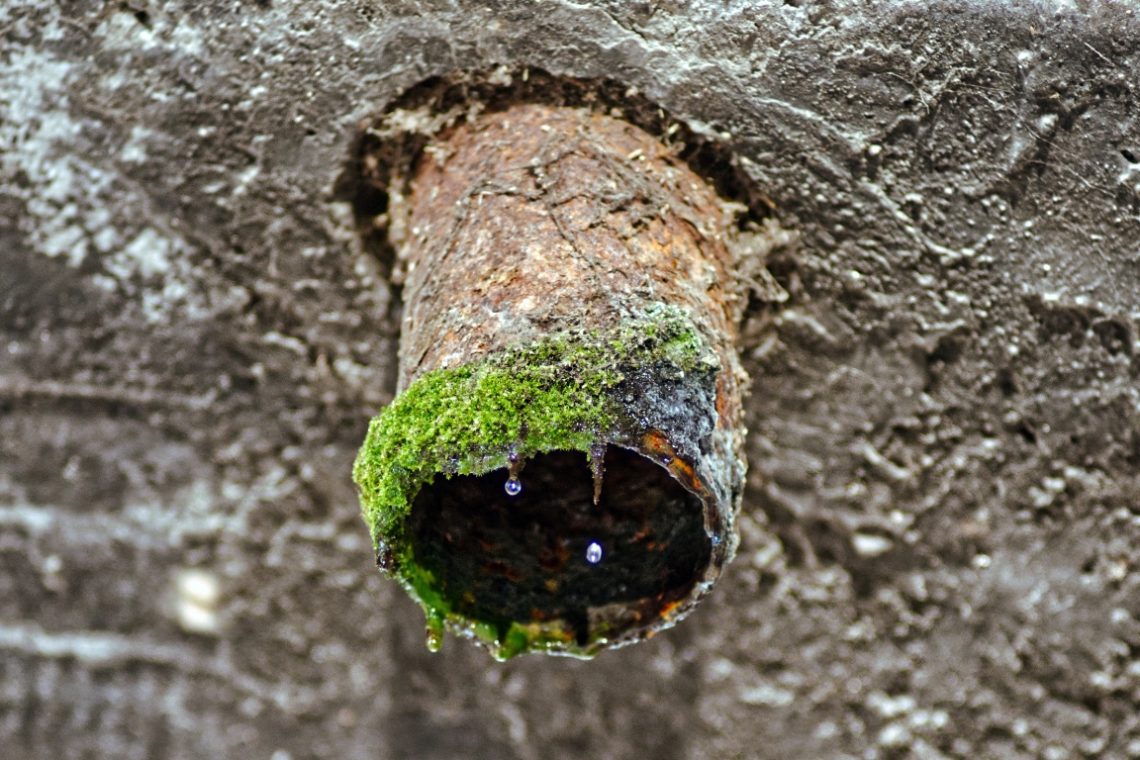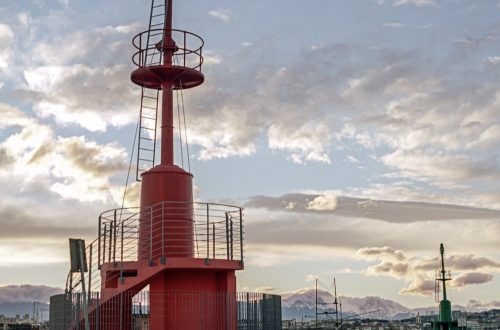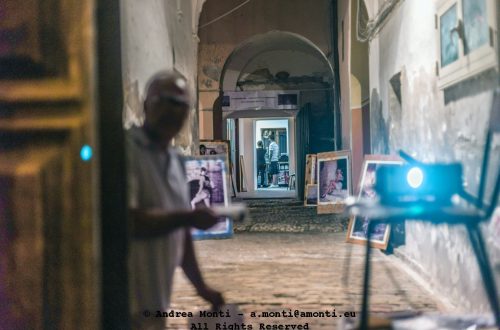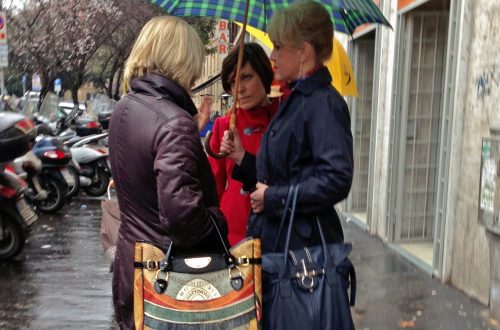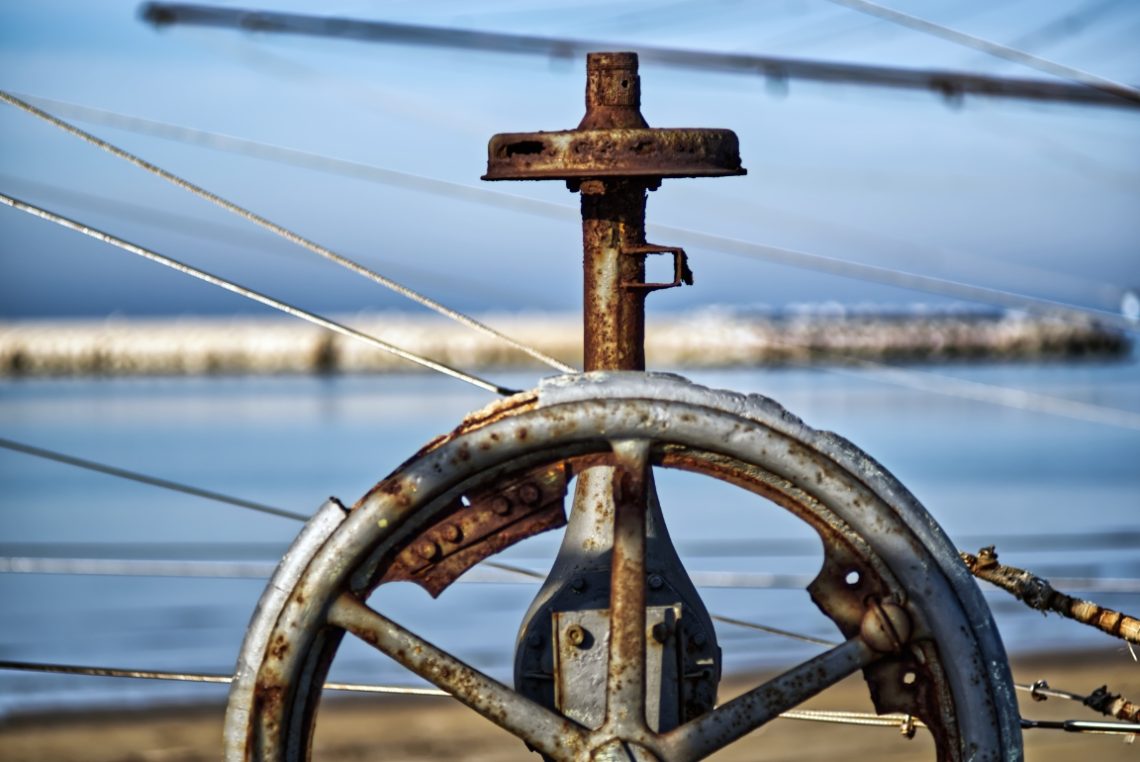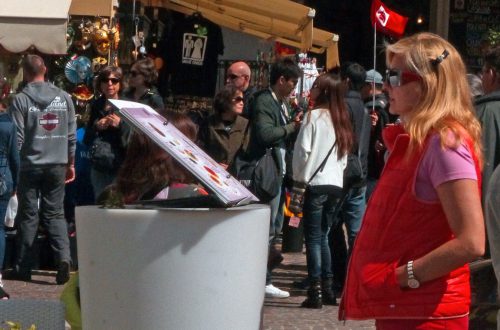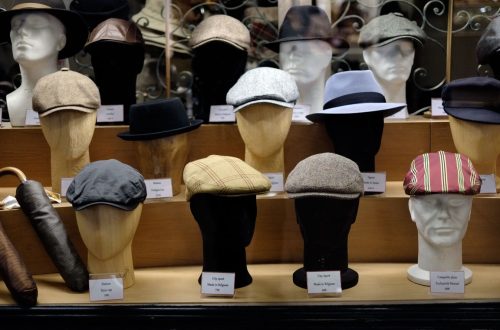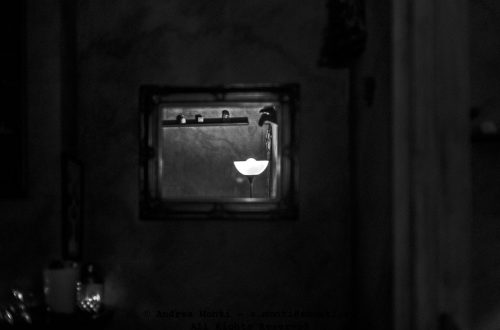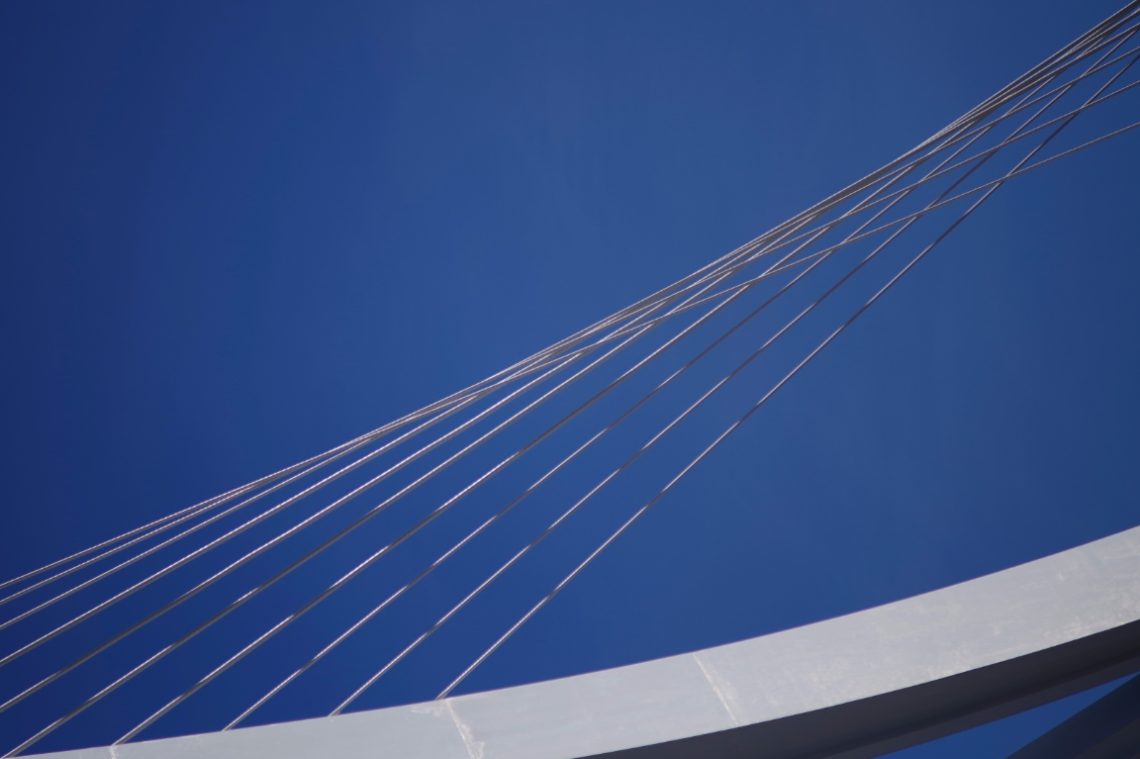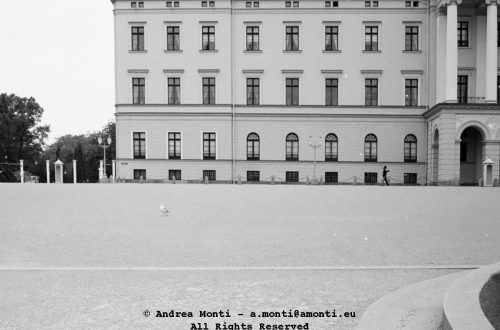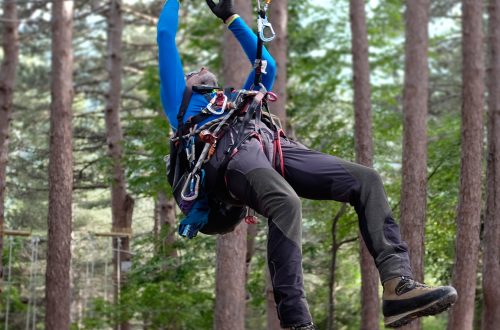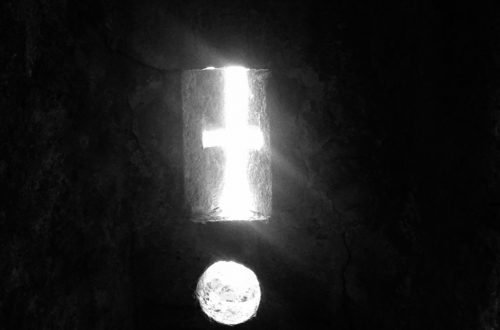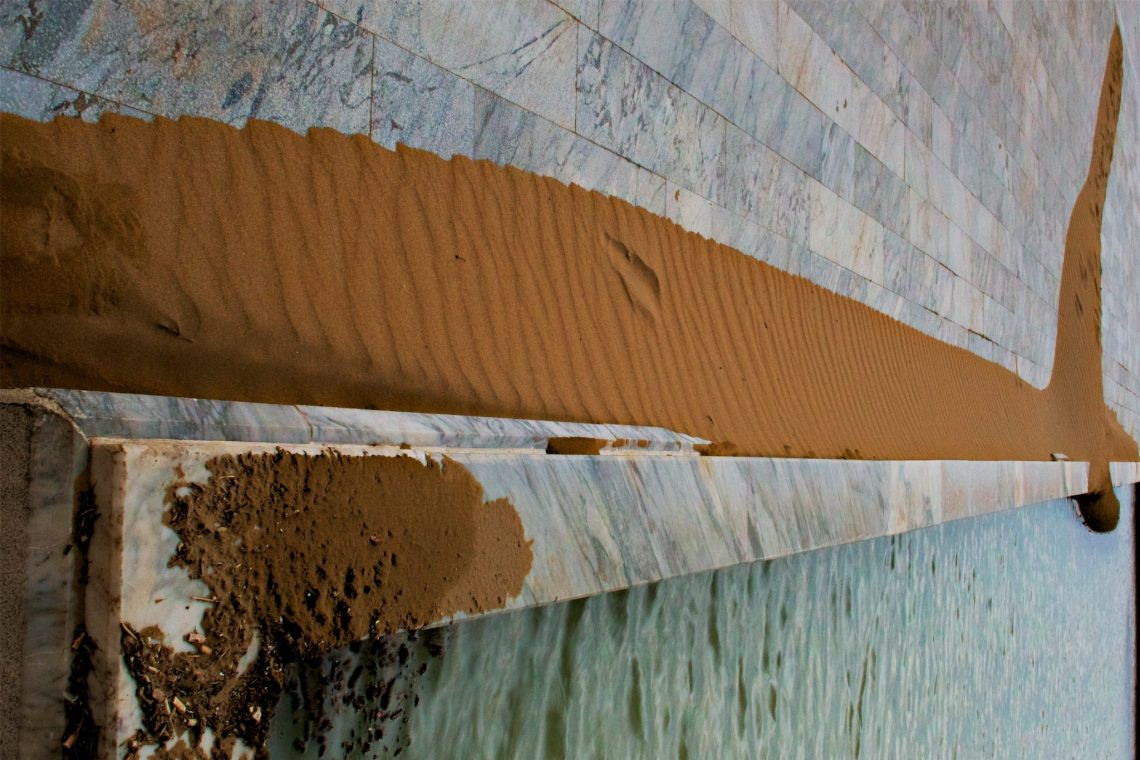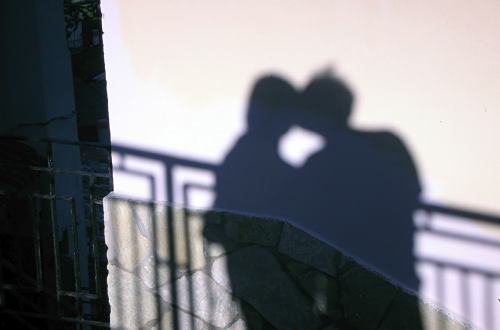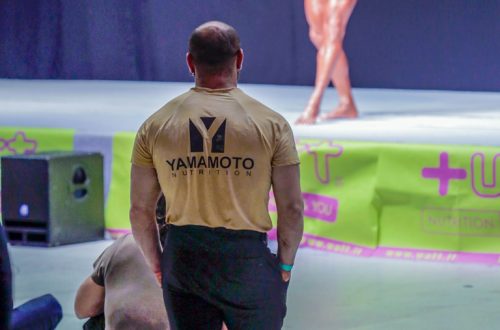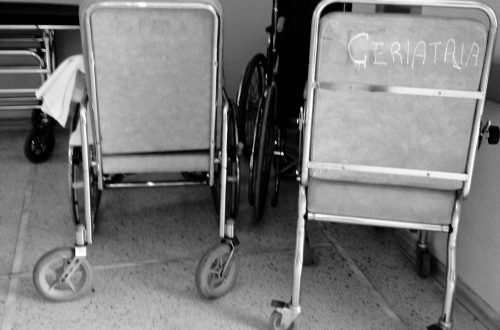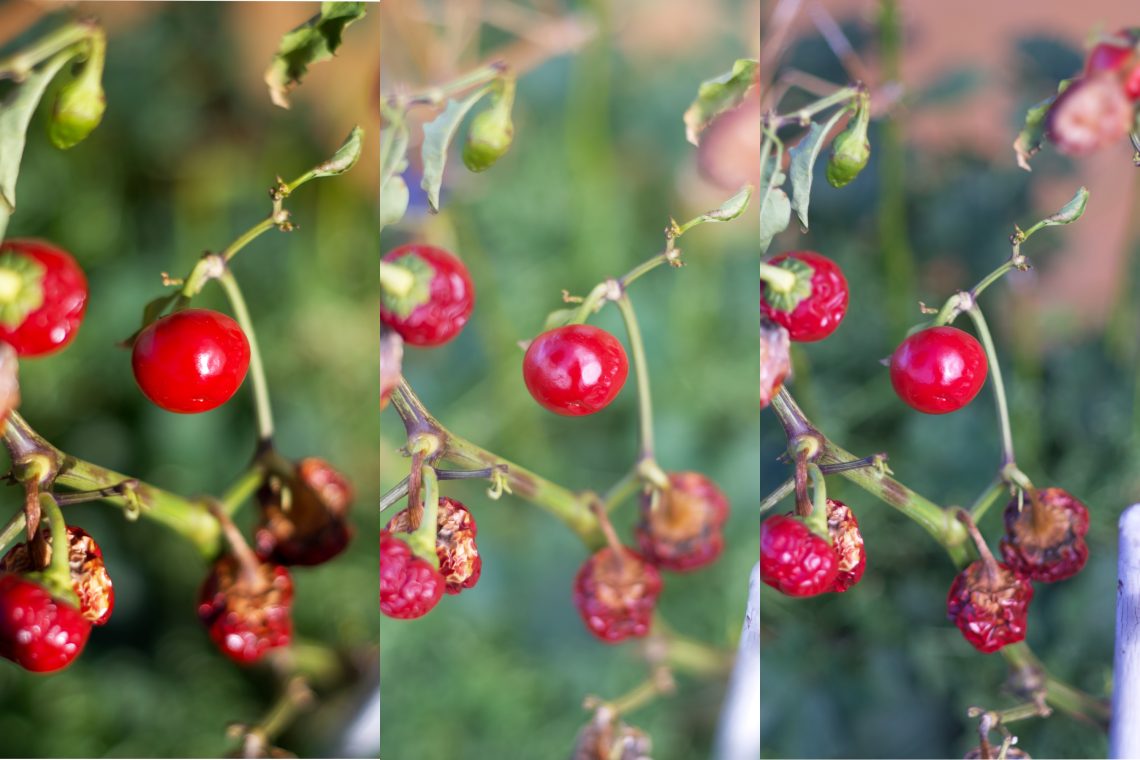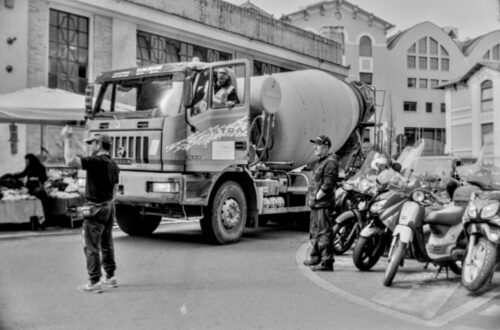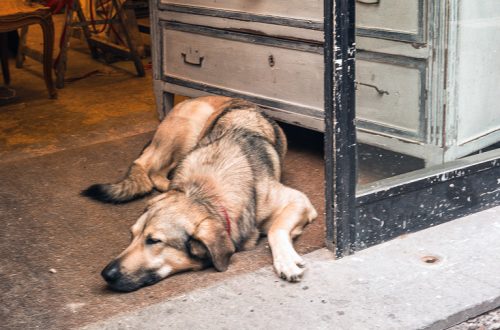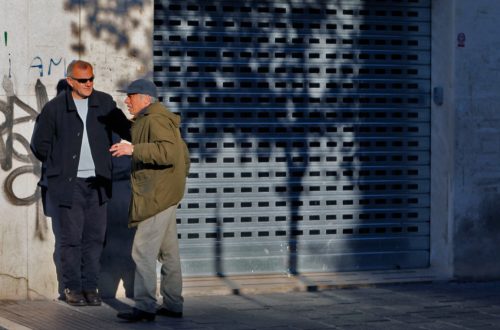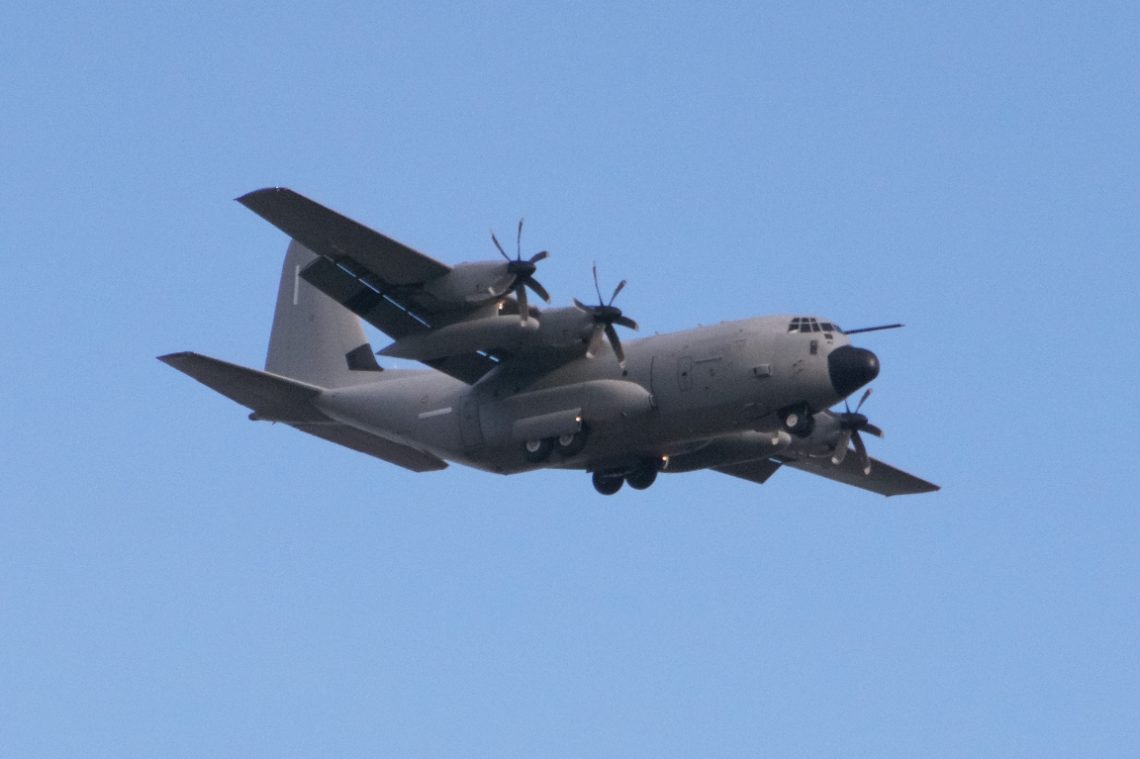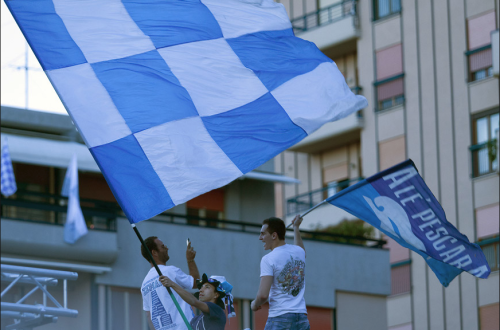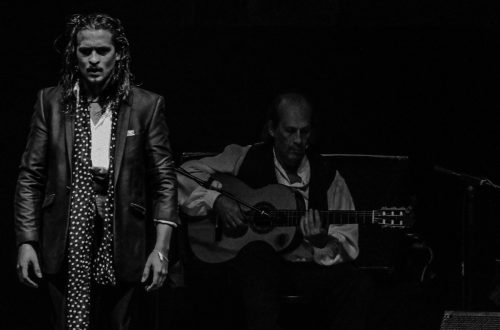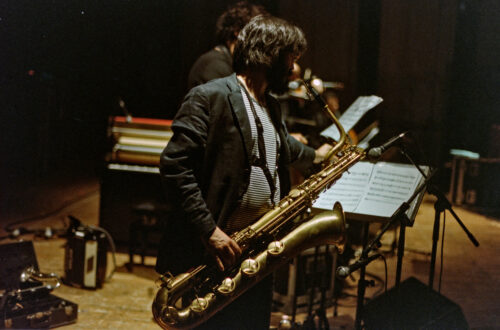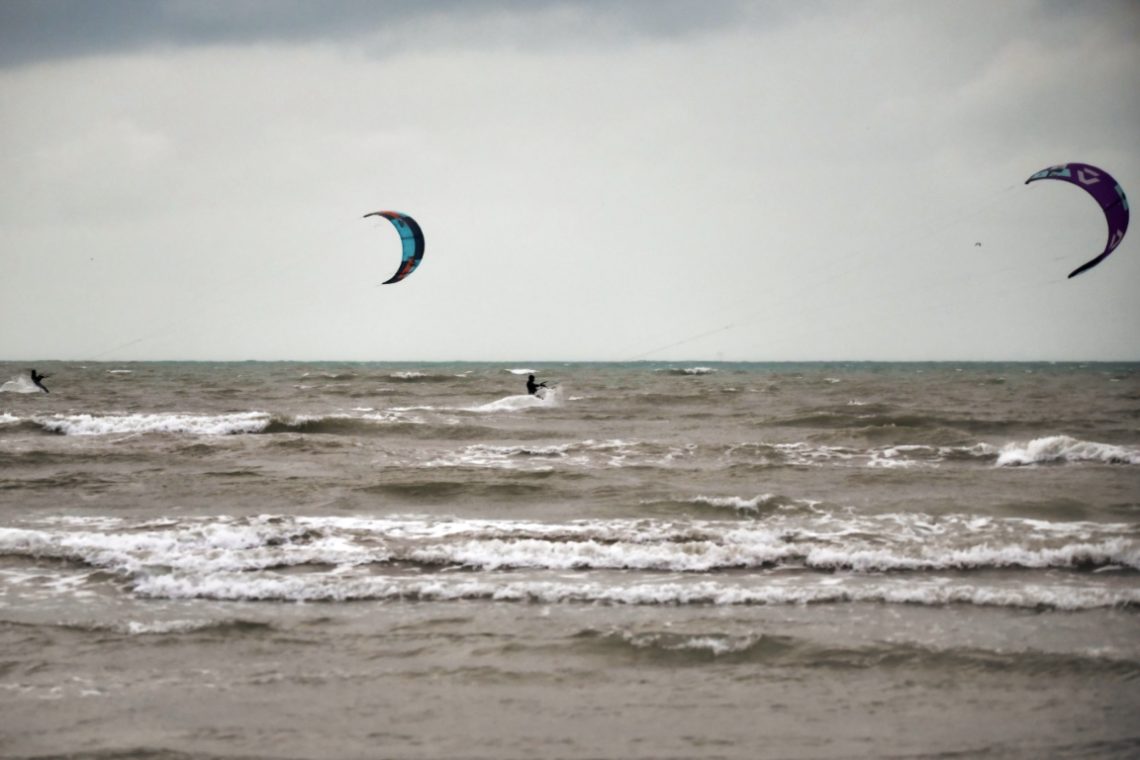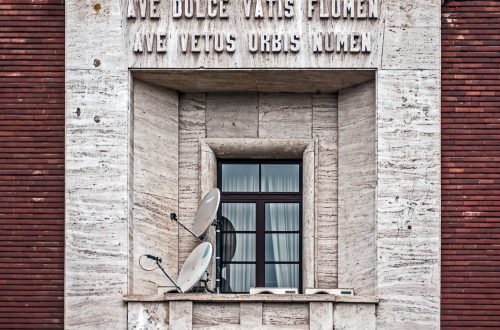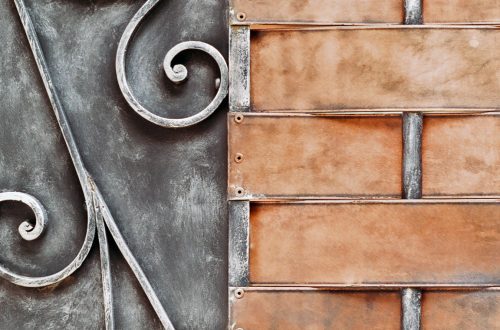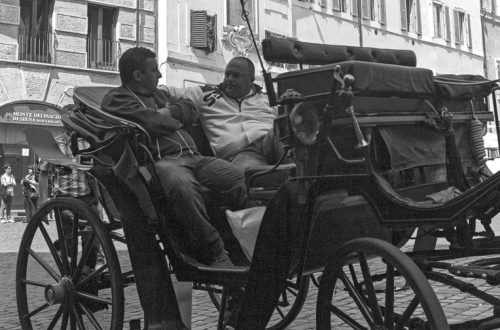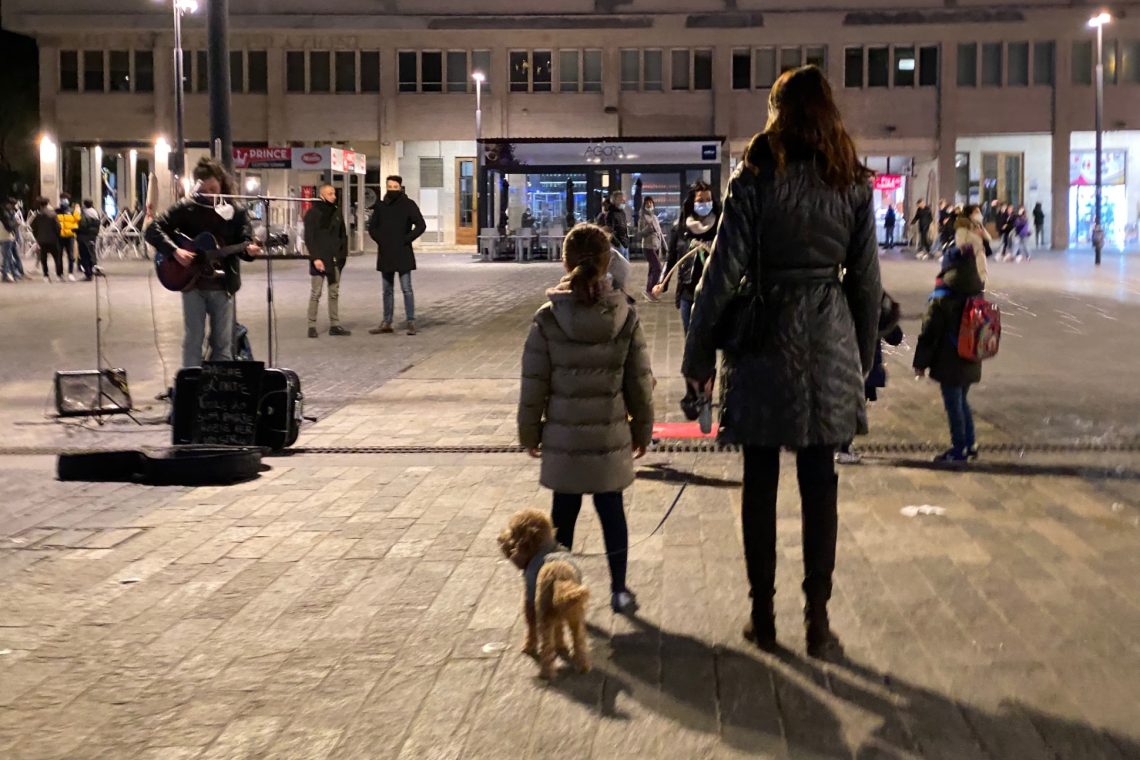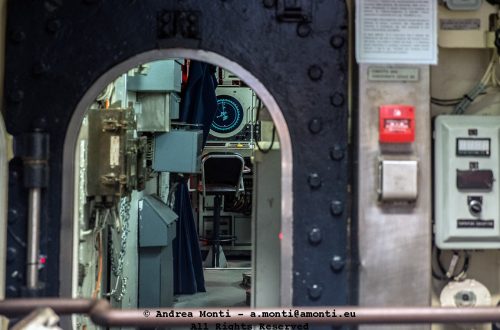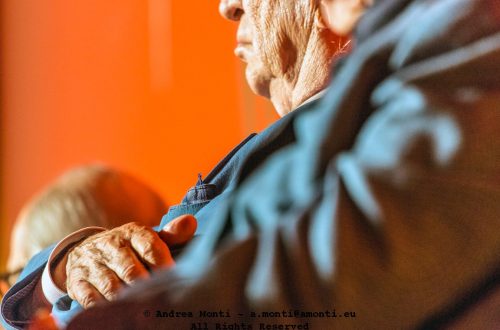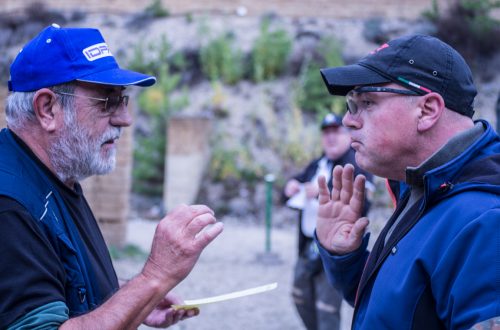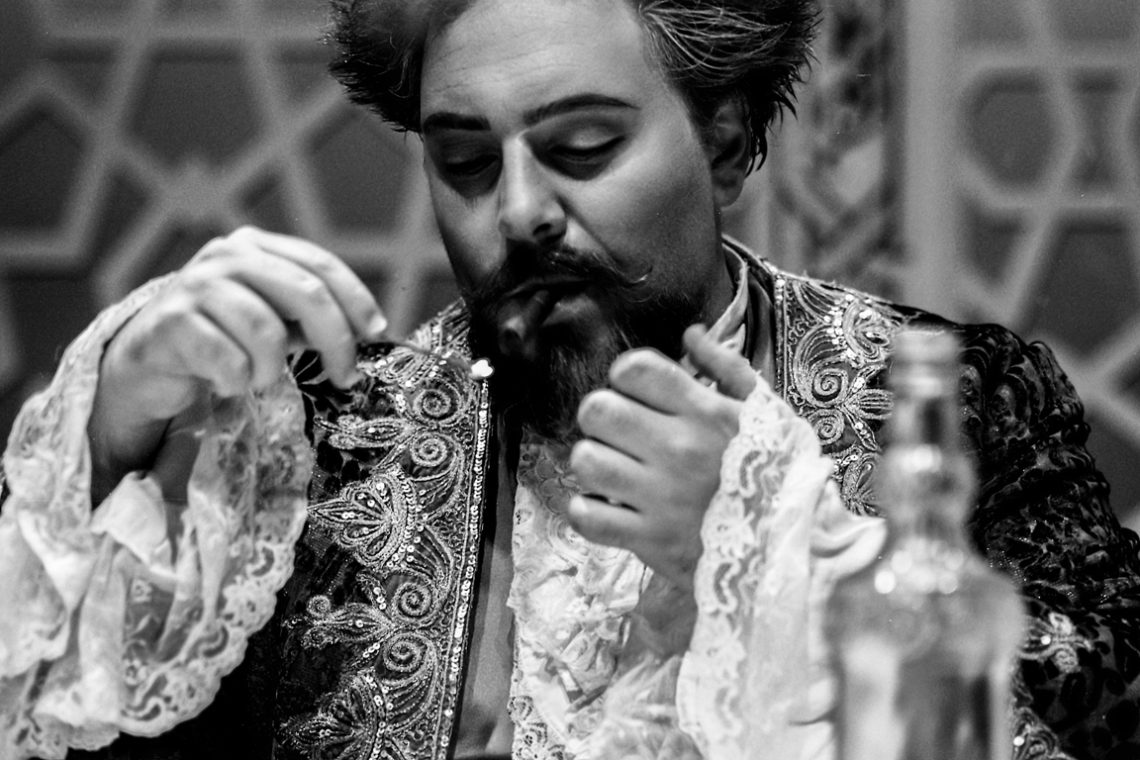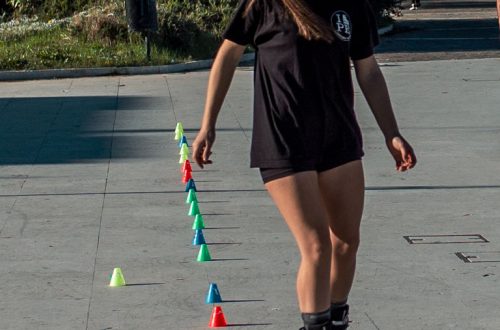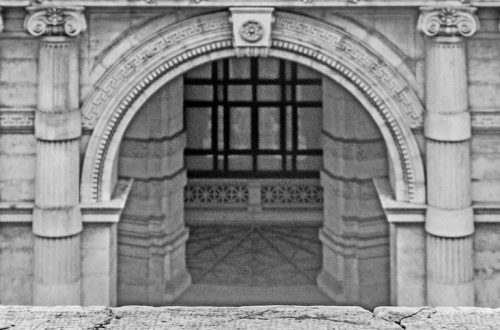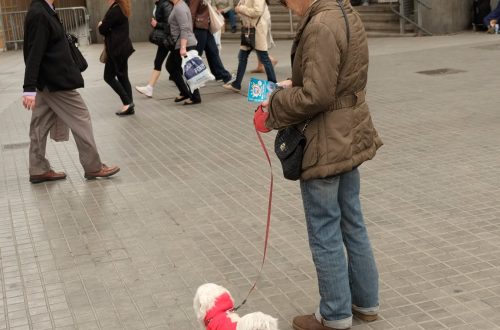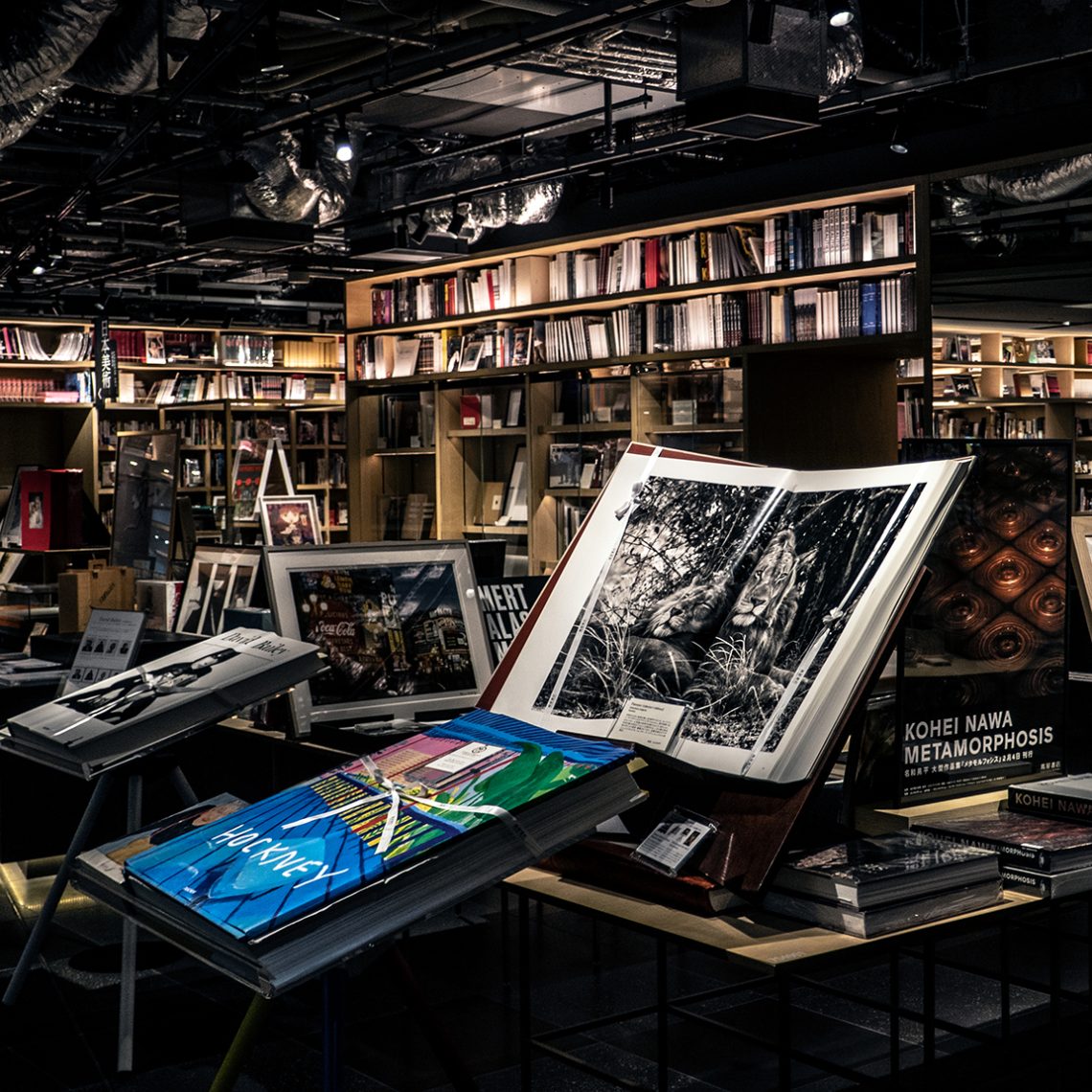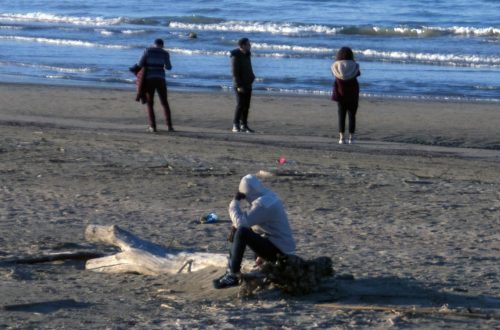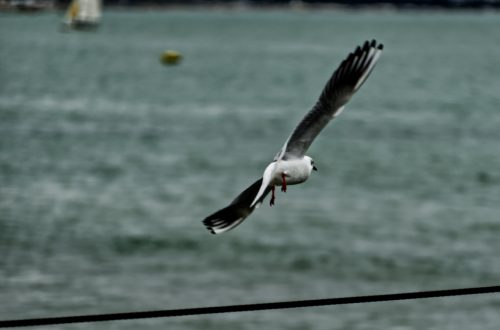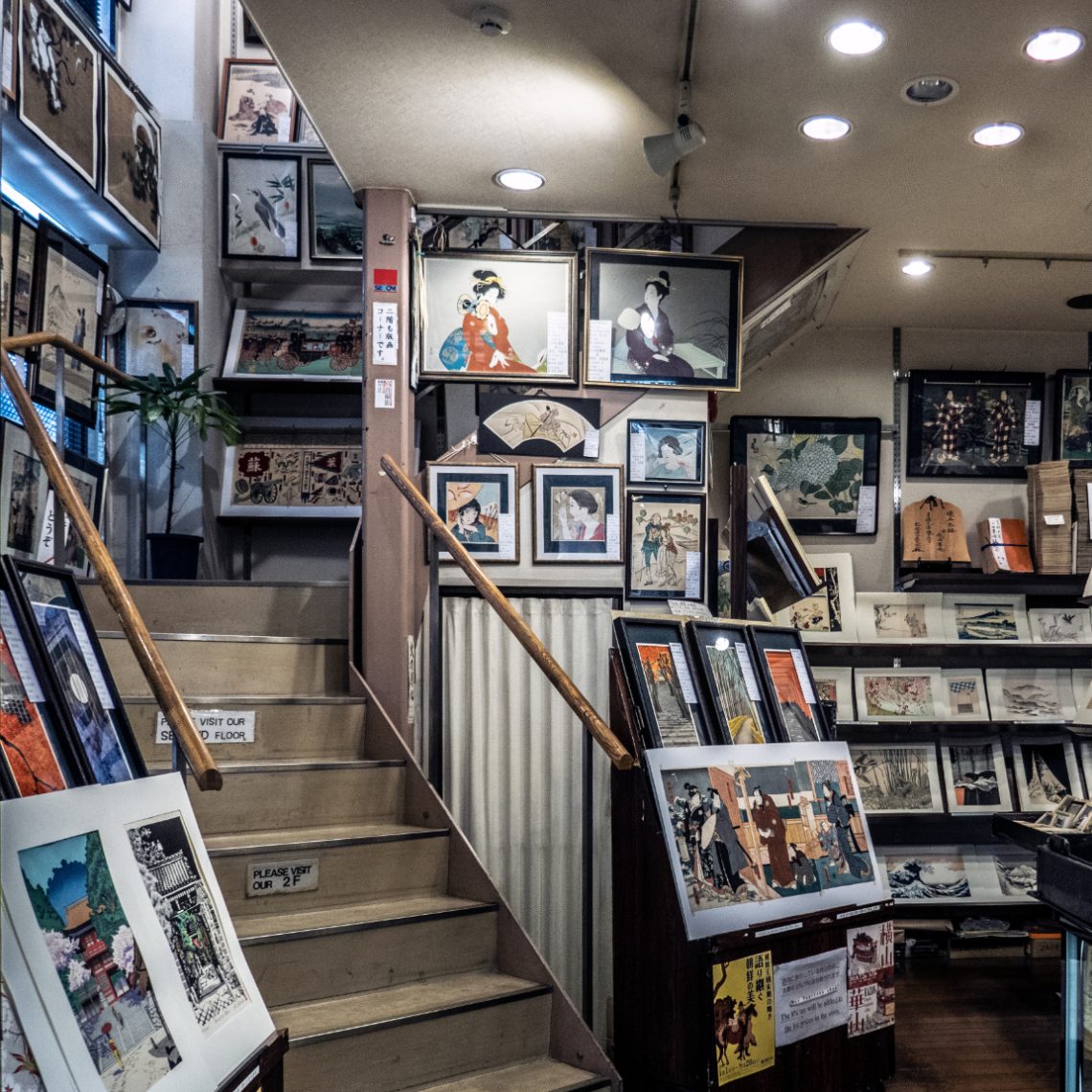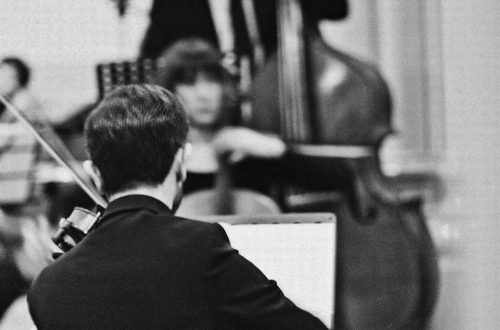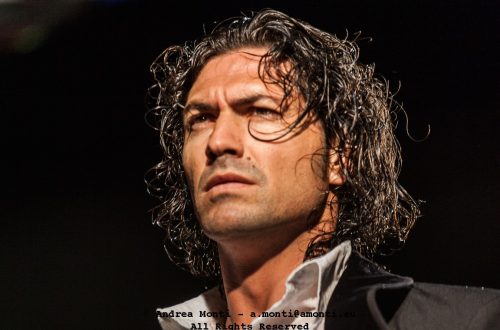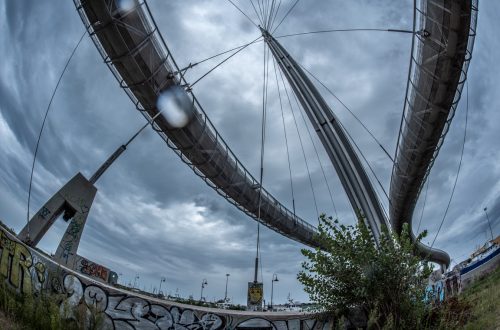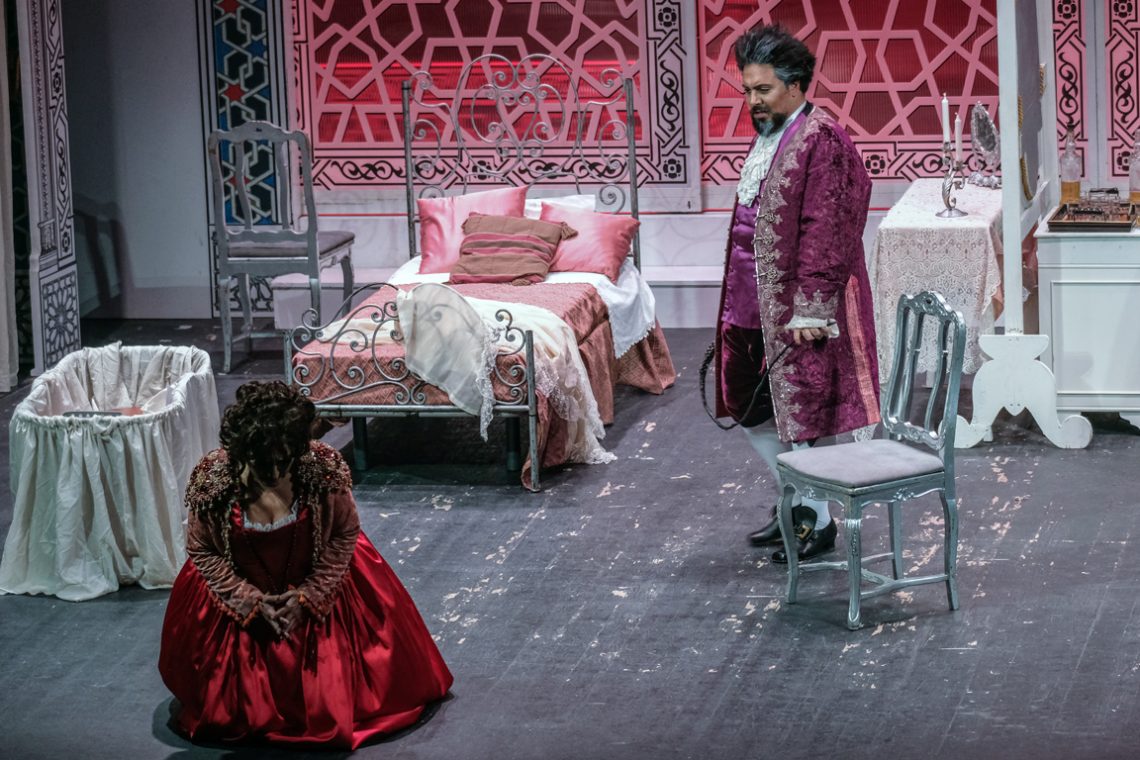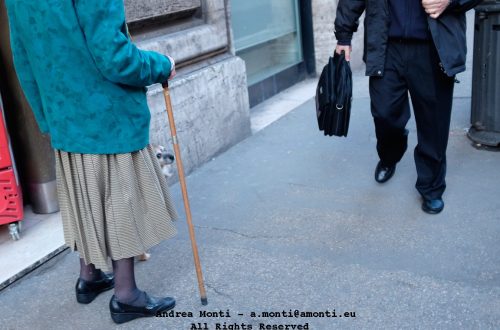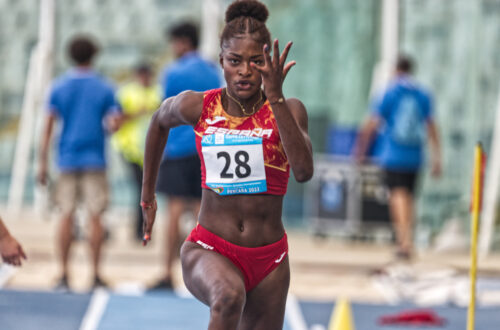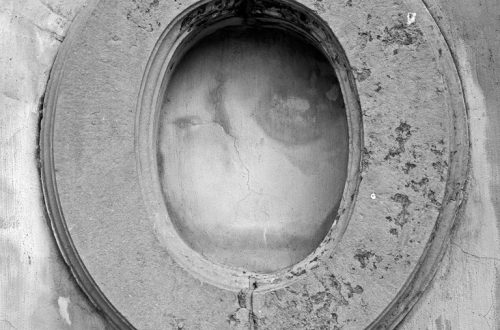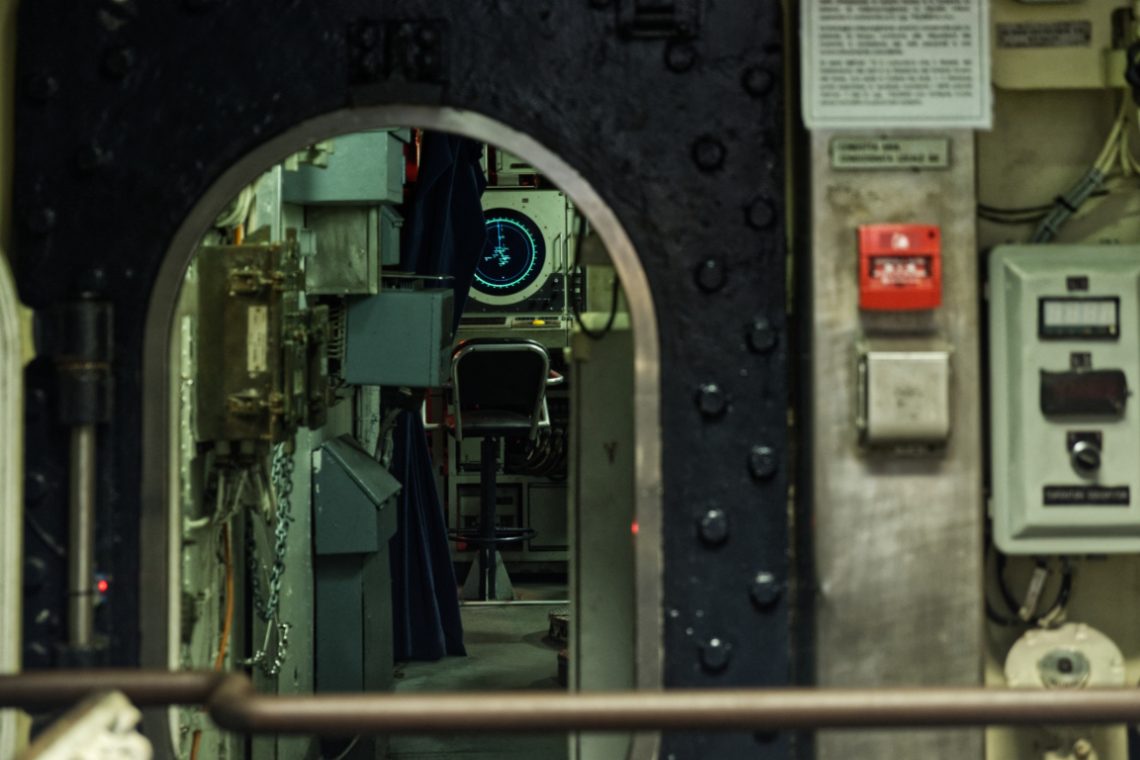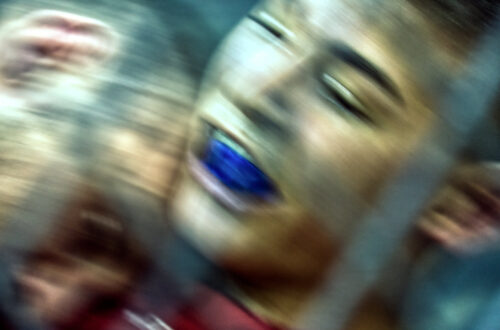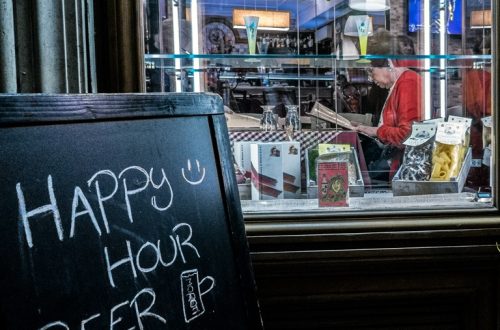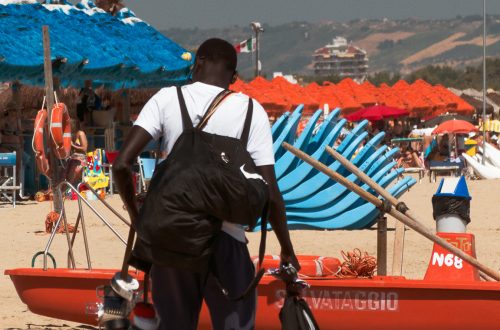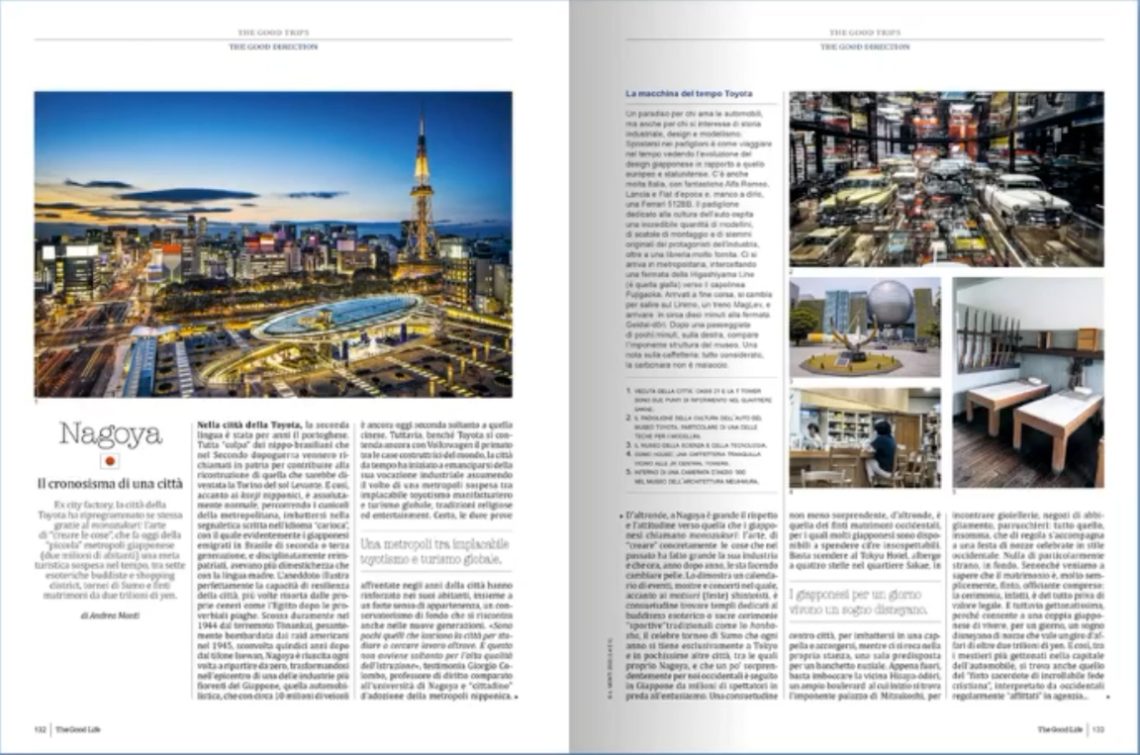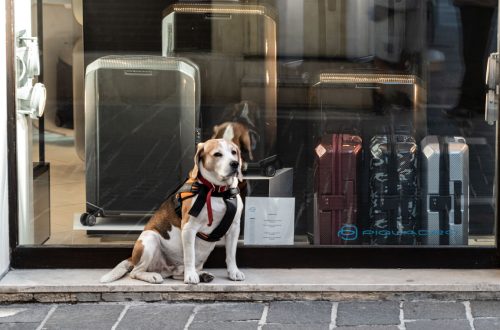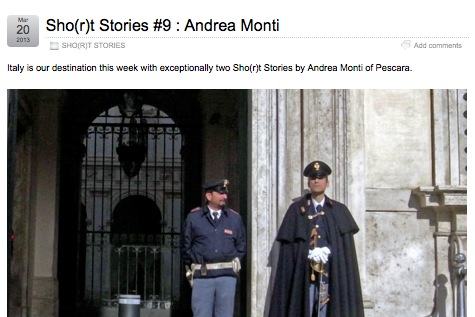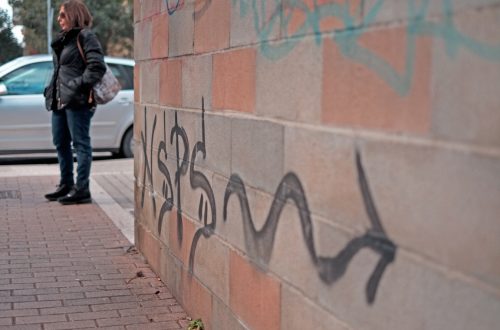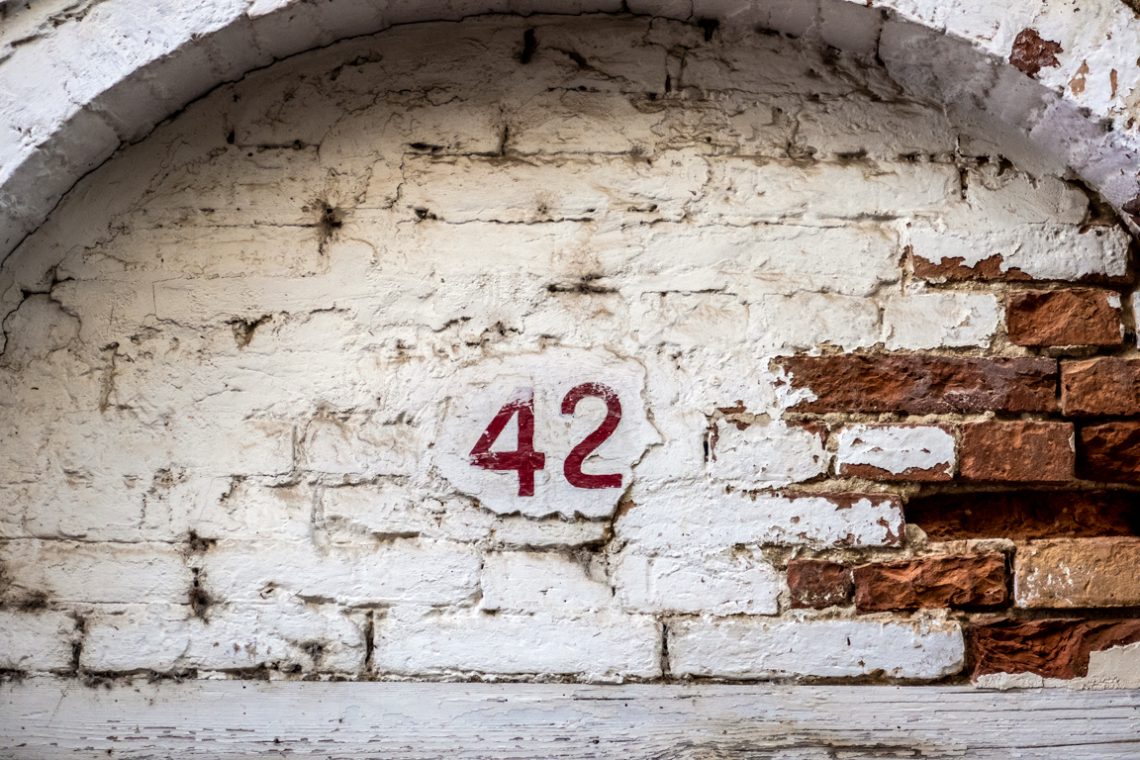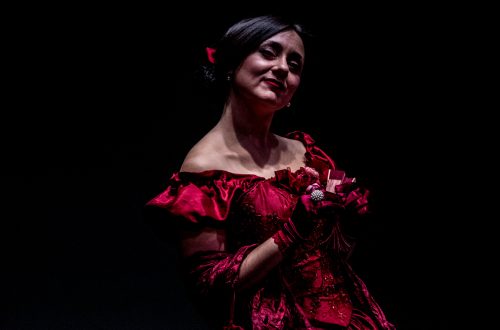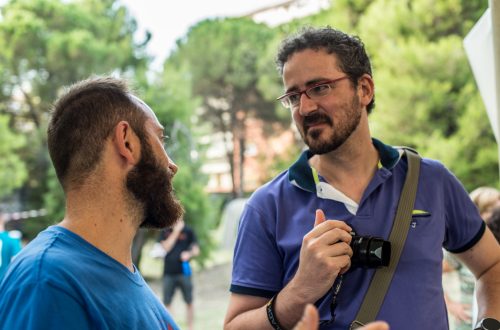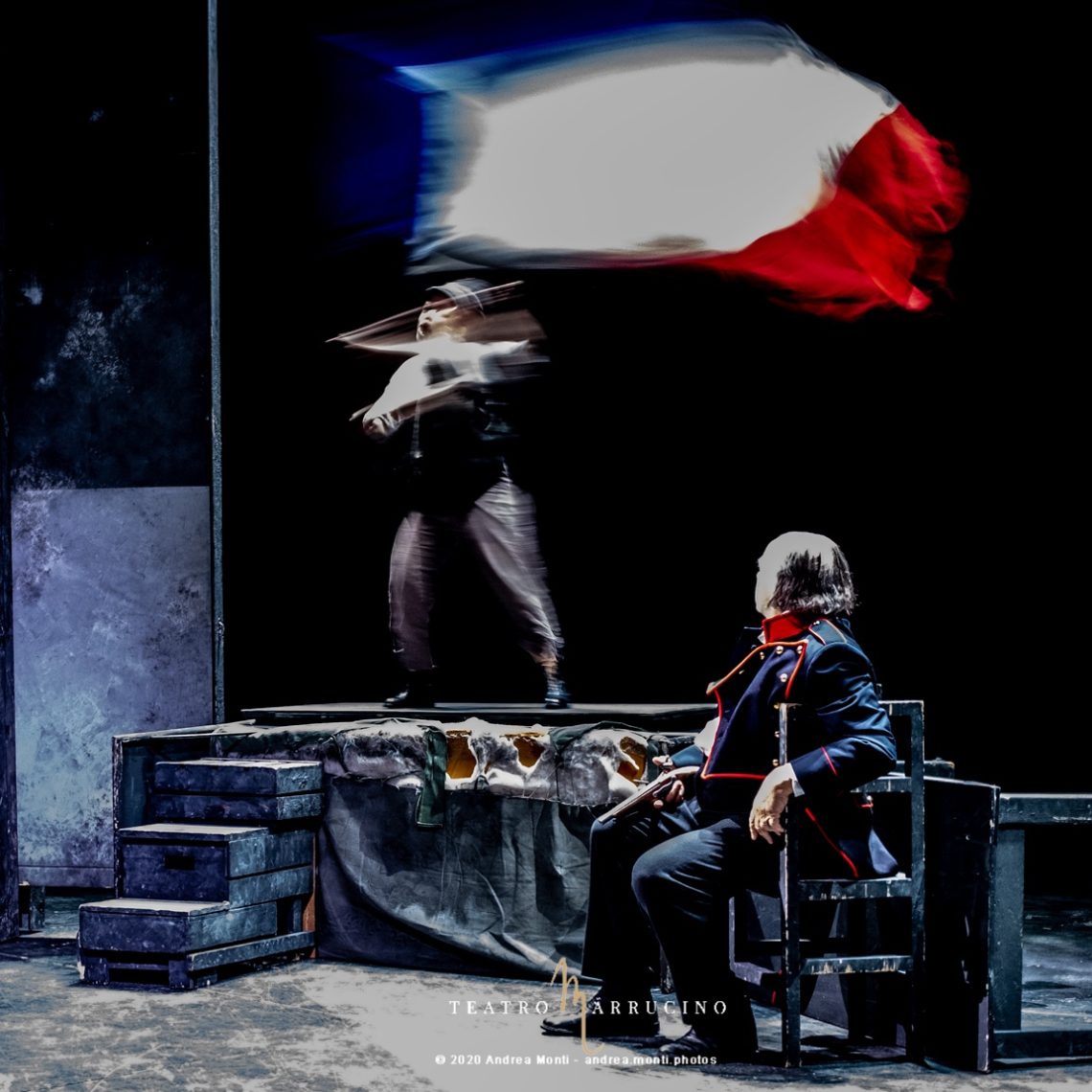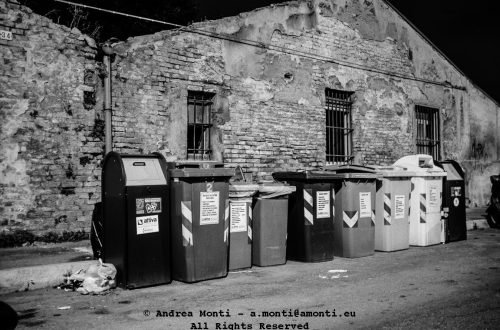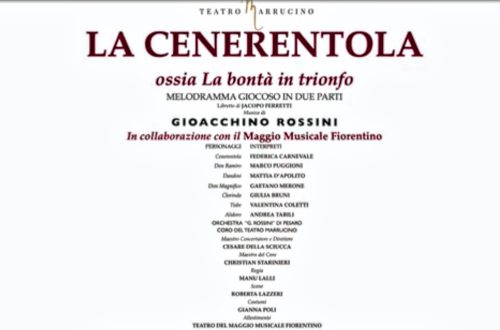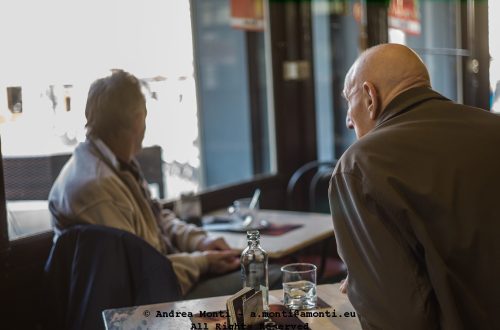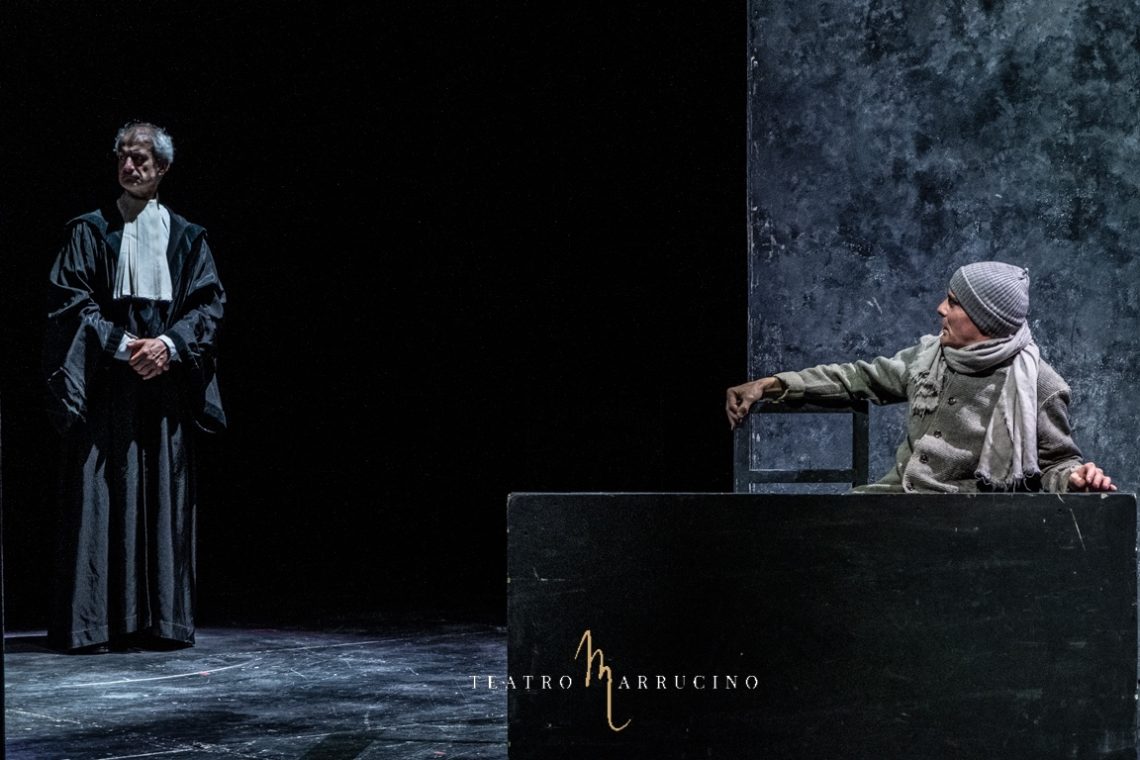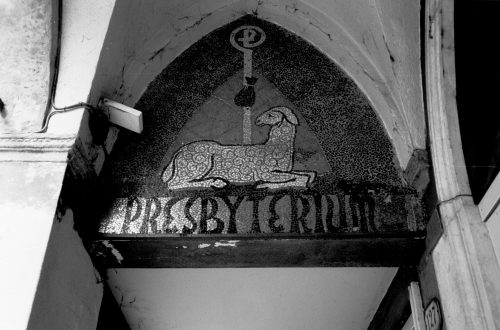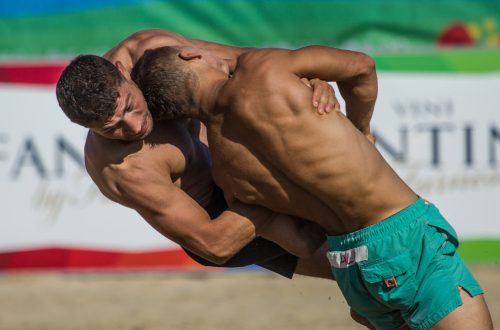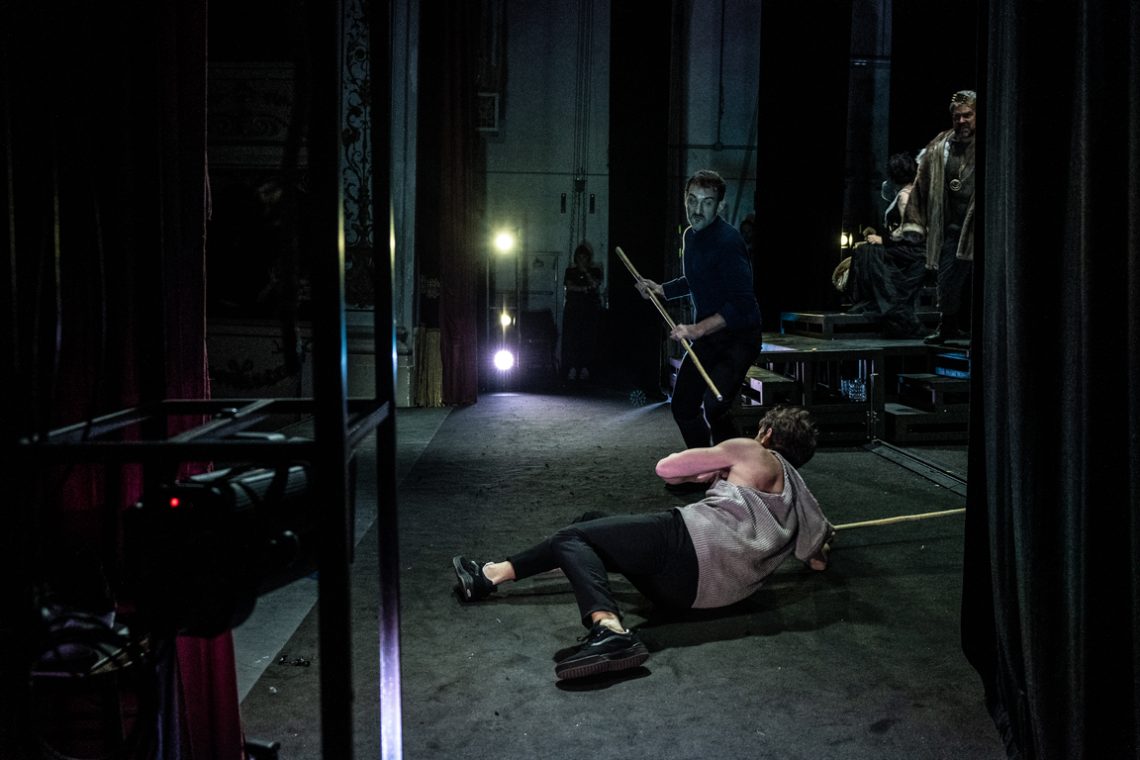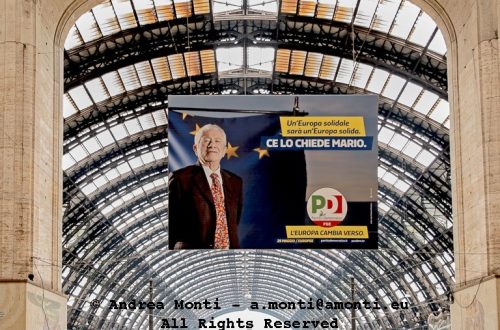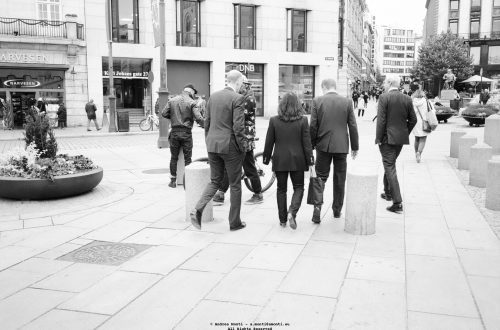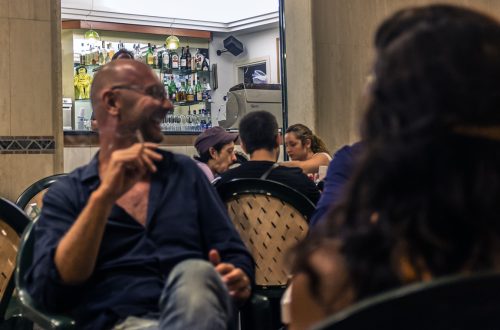Projects
Photography projects exploring concerts, sports, portraits and street life, blending technique and vision into compelling visual stories.
-
The Last Journey Of An Hero of Italian Motoring
Behold, the Fiat 500. Not the modern one that’s all airbags and Bluetooth and makes you feel like a fashion blogger. No, this is the real thing. The original. The glorious, underpowered, unapologetically tinny Italian shoebox. And look at it now—strapped to the back of a truck like a pensioner wheeled out of the bingo hall for the last time. Rusted. Flat-tyred. Beaten. Magnificent. I spotted it being hauled away through a southern Italian town, and frankly, I nearly wept. This was once the car that got a nation moving. The people’s Ferrari. The automotive embodiment of an espresso shot. And now? A hunk of oxidised metal destined for the…
-
Zombies
It was one of those winter mornings where the fog doesn’t just obscure — it swallows. Standing on the shoreline with the Nikon D610 and my trusty Nikkor 105mm f/2.5, I could barely see ten metres ahead. Figures emerged slowly from the haze, walking towards me in silence, their features lost in the grey void. The effect was unsettling enough that, reviewing the shots later, I couldn’t help but think of a scene from a low-budget horror film — the title wrote itself. Technically, this photograph is a study in embracing limitation. Autofocus in such conditions is almost pointless, and it wasn’t a problem since the lens is full-manual; I…
-
Uninterested
No glance. No nod. Just two people moving through the same space, as if the other didn’t exist. This was taken on a beach that should have felt wide open, maybe even freeing—but something about the moment made it feel small, enclosed. The boy looks down at his phone. The girl walks past him, eyes fixed forward. Neither slows. Neither turns. They’re metres apart, yet orbiting separate worlds. I didn’t ask for this scene. It unfolded on its own. A brief choreography of disconnection. Their postures say enough: one drawn into a screen, the other into her own stride. There’s no hostility here—just absence. A quiet kind of loneliness, the…
-
Lava Nails
The first thing that struck me when I looked at this photograph was the title — Lava Nails. It’s an evocative phrase, one that instantly conjures visions of volcanic rock cooling into jagged forms. In reality, of course, what we’re looking at is far more prosaic: rows of rusty rivets or bolts on a weathered surface. Yet, the camera has transformed the mundane into the dramatic. The composition is built on strong linear perspective. The rivets march away from the viewer, converging toward a vanishing point that lies just outside the frame’s blurred horizon. This forced depth, amplified by a shallow depth of field, isolates the tactile detail of the…
-
Pensive
Manual focus needs practice. This photo would have been better if I framed also the top of the cabin and focused better the person.
-
A Skater
Framing the whole statue would have made this photo better. The mistake was caused by the necessity to shoot fast, the lens’ field of view and the distance between the subject and the focal plane.
-
A Droplet
Sometimes the most unassuming subjects hold the greatest visual intrigue. A Droplet invites us to pause before a corroded pipe, its mouth fringed with moss and decay, and notice the minute beads of water suspended in time. The scene is humble, even neglected, yet it carries a quiet dignity — a testament to the slow, unrelenting processes of nature reclaiming the man-made. From a compositional standpoint, the photographer has made the astute decision to centre the pipe, drawing the eye directly to the mossy rim and the droplets. The shallow depth of field isolates the subject from the textured wall behind it, giving the image a pleasing three-dimensionality. The fine…
-
A Rudder
Pentax K-1/smc Pentax-A 135/2,8
-
A Mesh
-
An Essay on Composition
This photograph began with geometry, but it ended up being about contradiction. Sand, marble, sea—each a distinct texture, each performing under different rules. It’s not a landscape and it’s not abstract, but it borrows from both. The diagonal lines, the flattened depth, the conflict between order and erosion—all deliberate, but not staged. I rotated the frame on purpose. The eye expects a horizon, some gravitational anchor, but here that’s denied. The marble slabs—cold, precise, quarried and arranged—seem to float or fall, depending on how you orient yourself. The band of sand running diagonally across the frame interrupts their perfection with a tactile, natural disorder: dunes formed by wind, not by…
-
Pentax SMC-A 50/1,7 – Nikkor 50/1,4 – Summicron 50/2
The left slice is taken with a Pentax K-1 and SMC-A 50/1,7, the centre with a Nikon D750 and a Nikkor 50/1,4, the right with a Fujifilm X-T3 and a Summicron 50/2. All the cameras were at their base ISO (100 for the Pentax and Nikon, 160 with the Fujifilm), at F2 and aperture priority. The K-1 and the X-T3 photos were shot in manual focus. Only the K-1 has IBIS stabilization. The jpg is taken in Affinity by slicing each OOC RAW file without post-processing.
-
A Lockheed C-130 Hercules
-
Kite Surfer Under Duress
The wind was already rising when I reached the beach. Grey sky, hard light, the kind of day most people read from behind a window. But the kitesurfers were already out—lines taut, boards skipping through the chop. What always strikes me about this scene isn’t just the colour of the kites against a flat sky, or the sharp angles they carve into the wind—it’s the resolve. They know what they’re getting into. The cold. The salt in their eyes. The bruises. And they do it anyway. Because this is when it’s real. That’s what drew me to raise the camera. The same drive, maybe. You don’t wait for golden hour.…
-
Busker and Covid-19
-
Easy To Shoot?
This picture might look “ordinary” but for the fact that I shot it with a rangefinder film camera (guess which?) during the scene change between to acts of a theatre play. Scene assistants were placing the furnitures, actors were trying to focus on their parts, there was no time (and place) to design a proper composition and set the camera. No autofocus, no real-time exposure and white-balance setting. Maybe I have been lucky capturing the match flame close to the cigar, maybe it was because of “muscle memory”, but I did it nonetheless. Problem is that I could not be sure if I succeeded until, one week later, I saw…
-
Tsutaya Bookstore@Ginza
Photographed inside the Tsutaya Bookstore in Ginza, Tokyo, this image celebrates the bookstore as a curated stage, where books are not simply stored but presented as artefacts. The frame is dense yet controlled, offering layer upon layer of shelves, display tables, and oversized art books. The eye is immediately drawn to the centre, where a large black-and-white wildlife photograph dominates—its scale and high contrast making it the de facto anchor of the composition. CompositionThe photographer has worked with a classic layered approach. Foreground tables angle toward the viewer, drawing them deeper into the mid-ground where the hero book sits open, and then further into the background shelves which fill the…
-
Dai Shodo@Kyoto
Kyoto ‘s Teramachi-dori is full of suprises. Amidst shops of the most different kind and attire, booklovers can find this small gem. This is Dai-Shodo, a quiet print shop tucked into a narrow Kyoto street. I stepped inside on a grey afternoon with no particular plan. The light was soft, filtered through old windows and the hushed presence of paper. Everything in the shop seemed to lean inwards—frames, shelves, stairs—as if holding its breath in reverence. What struck me most wasn’t the prints themselves, but how they were displayed. Ukiyo-e woodblocks and vintage ephemera layered on every surface, propped rather than hung, as if caught mid-conversation. The stairway invited you up…
-
Il barbiere di Siviglia – Don Bartolo mad at Rosina
A shot from the mise en scene of the Il Barbiere di Siviglia I did as a scene-photgrapher for the Teatro Marrucino
-
Inside the Nazario Sauro
An important piece of history of the Italian Navy, at the anchor in the Port of Genova.
-
Nagoya’s reportage featured in The Good Life
The Good Life‘s October issue features my photoreportage of Nagoya.
-
The Answer is On the Wall
When I first saw this wall, I knew immediately that it had to be photographed. Not because it was particularly ornate or historically significant, but because of the simple red digits painted on its surface: 42. For anyone who’s read The Hitchhiker’s Guide to the Galaxy, this number isn’t just a number—it’s the number, the answer to life, the universe, and everything. And yet, here it was, not in some cosmic landscape, but on a weathered patch of brick and peeling paint. From a compositional standpoint, I kept the frame tight, letting the number sit just off-centre enough to avoid perfect symmetry. The texture of the wall does as much…
-
Meaning in Photography
In this picture, taken during the reportage I did for the Teatro Marrucino’s I Miserabili, an old and exhausted fighter rests while a young citoyen waves the French flag defying the fire of the royalists. The strength of the picture is in the dialectics created by the two protagonists, hinting at a “relay” between an old man that “gave all”, resting while a young man steps in.
-
Denegata Justitia
Sometimes a picture acquires a meaning that goes beyond the original intent of the photographer. In this case, taken from a reportage I did for Victor Hugo’s Les Miserables featured at Teatro Marrrucino, in Chieti, the photography becomes the archetype of the denegata Justitia. The defendant asks to speak, the justice stares elsewhere.
-
Breaking the Fourth Wall
Shooting a play is challenging because you must be ready to seize ‘the moment’ and, at the very same time, think of unusual compositions to avoid the boring ‘frontal’ perspective. Shooting part of the reportage from the backstage of Hamlet, with Giorgio Pasotti and Mariangela D’Abbraccio directed by Francesco Tavassi I had the possibility to experiment the breaking of the fourth wall. This picture is one of the results.
